Structures of Significance
I am quite fond of castles, grand churches, and other similar buildings.
These structures are often the most resilient to the passage of time, and there is always so much history within them. Not only can we explore, but we can also, for a moment, walk through history and marvel at the artifacts and stories of ages long past.
The best part, of course, is when we imagine how life and adventures could have been in such distant times.
The Tower of London is actually a castle—complete with walls, several small towers, an armory, a menagerie (now replaced with displays instead), and a dungeon, among others.
The White Tower, the central building that gave the entire castle its name, was built by William the Conqueror in 1078. The Crown Jewels are held in a separate building nearby.
Overall, the Tower of London is very fun, awe-inspiring, and wildly interesting, making it easily one of the best attractions in London.
| Tower of London: Important Information | ||
|---|---|---|
| Dimensions | The entire area spans 12 acres (4.9 hectares). The White Tower's dimensions are Length: 118 feet (36 meters), Width: 107 feet (33 meters), Height: 90 feet (27 meters). | |
| Duration | The recommended duration of visit is 3 to 6 hours. This is a massive attraction, so make sure to allot plenty of time. You can easily spend half a day here. | |
| Best Time | The best time to visit is during the morning. Avoiding crowds is very important if you wish to see the Crown Jewels. Do note that the Tower of London closes quite early (4:30 pm). | |
| Cost | You can find more information and buy tickets on the official Tower of London website. | |
| Parking | There is no parking. You should arrive via public transportation. The quickest way is to take the London Underground to Tower Hill, conveniently located nearby. | |
| Special Considerations: The Tower of London is between the London Bridge and the Tower Bridge. | ||
Tower of London’s Story
The Romans established Londinium in 43 AD. By 225 AD, a strong wall surrounded the city. In 1078, William the Conqueror reused the old Roman walls to defend the newly built White Tower.
During the Middle Ages, the castle was a royal residence and military stronghold. Since controlling the castle was important to many rulers, it was besieged numerous times throughout history. As a result, the castle had been involved in many battles and wars.
During World War I, the tower was a military base and soldiers were trained and deployed from there. Interestingly, despite daytime air raids, the castle remained open to visitors.
There is a superstition that, unless ravens are present at all times, the kingdom will fall. Each raven has a wing clipped, and there are spare ravens just in case. I’m 100% serious. There is even a Ravenmaster to take care of the ravens, making sure there are about 6 at the Tower of London at all times.
I find this superstition hilarious. Imagine a scene where everyone is freaking out.
You run up and ask, “What’s the matter?”
Someone screams in panic. “THE KINGDOM IS GOING TO FALL!”
“Huh? Why? Enemies at the border? Pandemic? Economic collapse?” You ask.
“NO! MUCH MUCH WORSE! THERE ARE ZERO RAVENS!”
Cue wtf face.
Major Castle Exhibits
For over 500 years, England’s coins were made at the Tower.
Even Sir Isaac Newton was involved. Using his love of mathematics, he calculated the most efficient method to produce the coins. Apparently, he took his duties very seriously and held the job of Master of the Mint until his death.
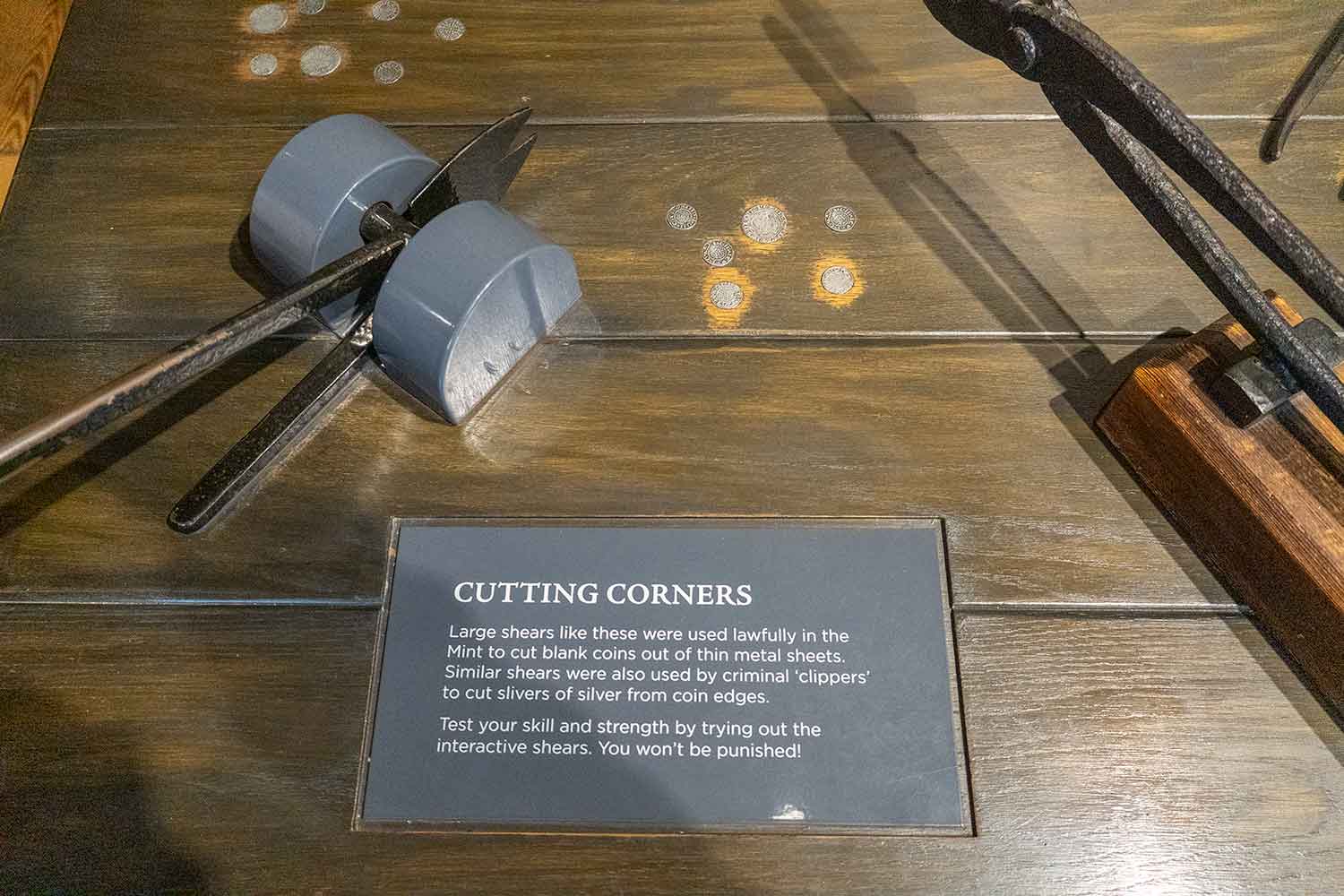 Next up, we have the Traitors’ Gate—an entrance through which many prisoners arrive.
Next up, we have the Traitors’ Gate—an entrance through which many prisoners arrive.
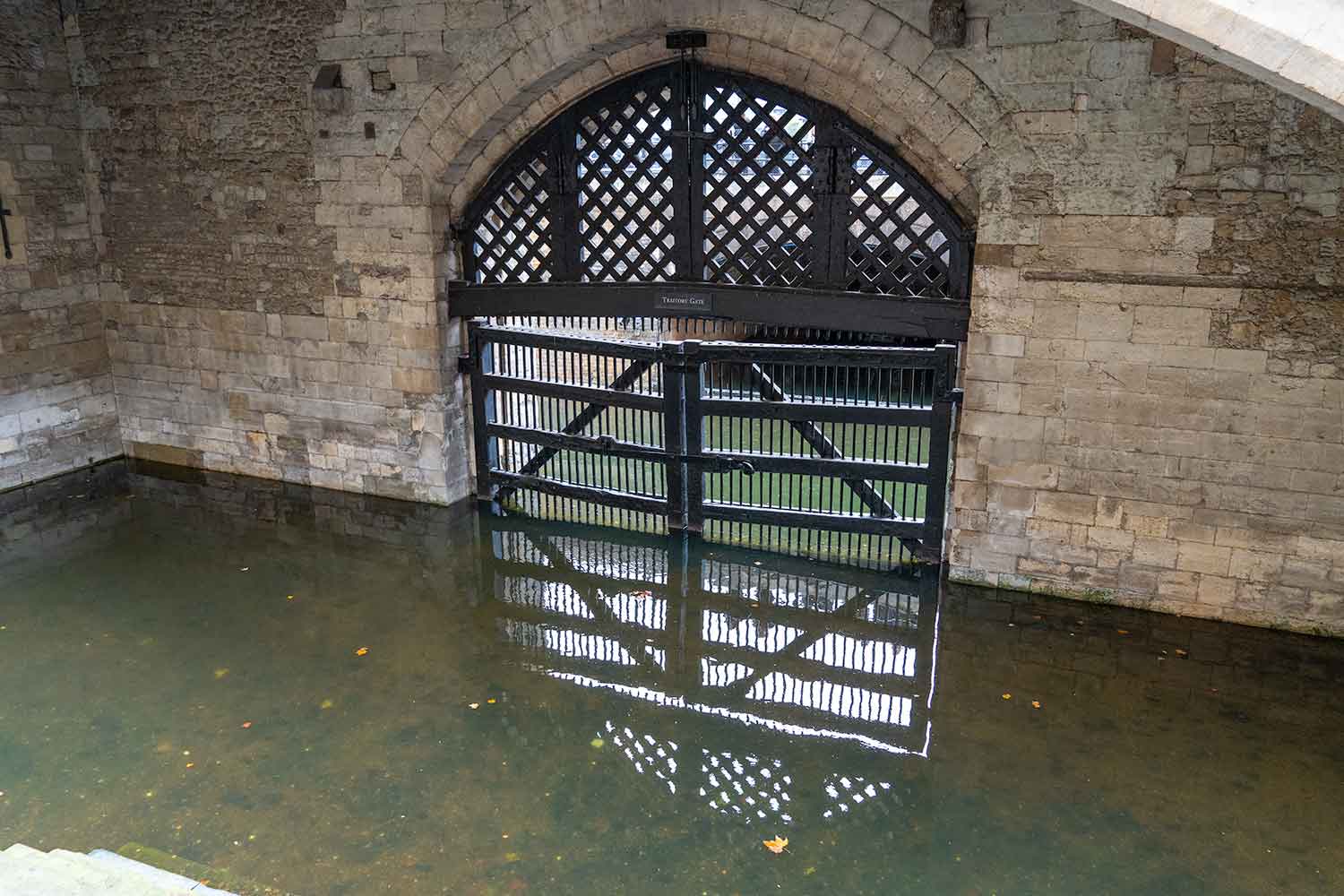 One of the more intense exhibits is the dungeon, formerly used as a prison and torture chamber. Two main torture devices will be on the display.
One of the more intense exhibits is the dungeon, formerly used as a prison and torture chamber. Two main torture devices will be on the display.
- The Rack: A prisoner’s hands and feet are tied up. Next, the rack is used to slowly pull the person’s body apart.
- The Scavenger’s Daughter: The prisoner would be folded into three parts, with the knees against the chest and the ankle against the back of the thigh. Two iron bows are then used to lock the prisoner inside, compressing their body.
The Fusilier Museum encapsulates the story of the Royal Fusiliers Regiment—a group of soldiers meant to protect the guns and gun powder stores.
The Crown Jewels exhibit, within the larger building next to the Fusilier Museum, is one of the most popular exhibits, featuring the genuine Crown Jewels.
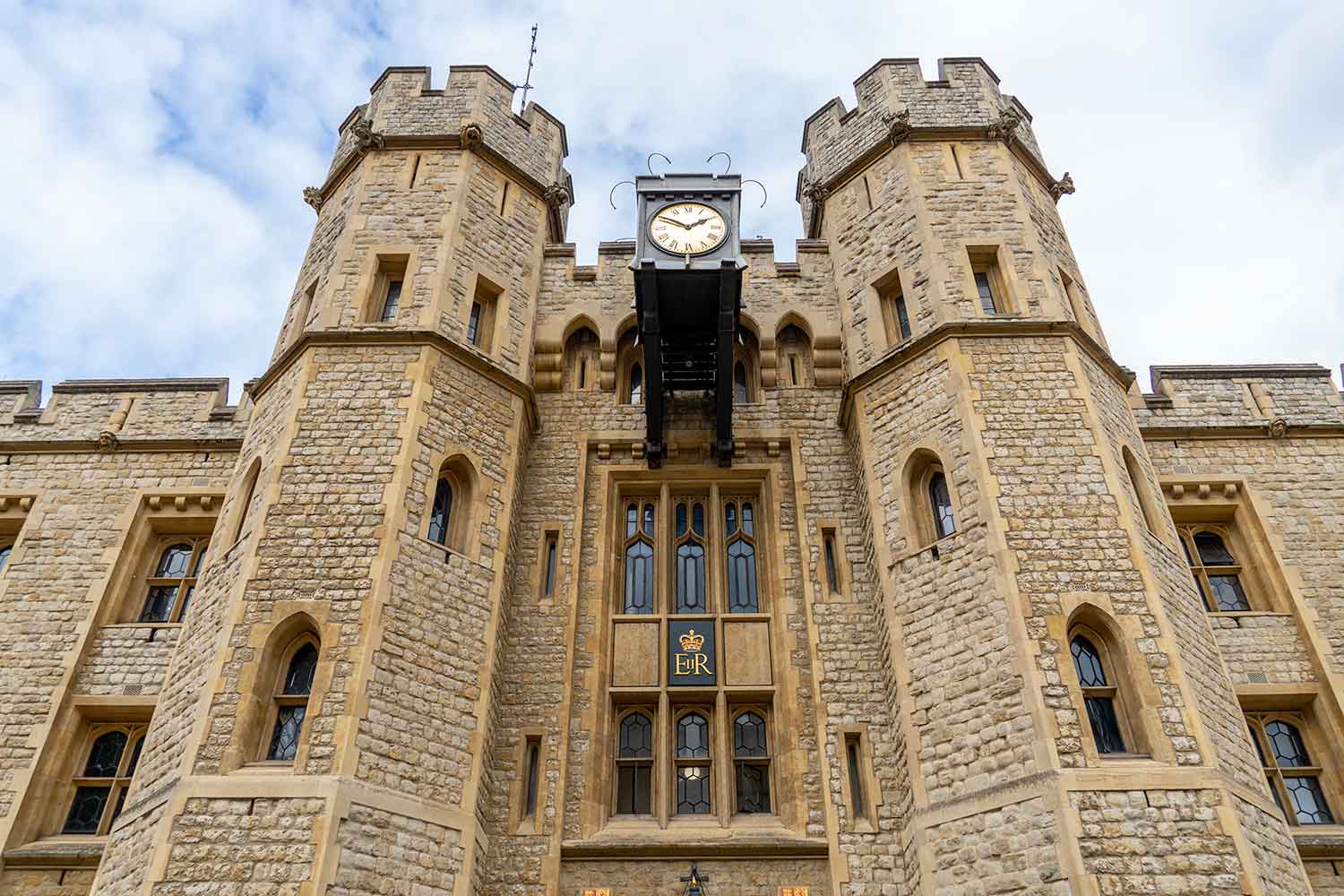 Unfortunately, photographing the Crown Jewels is forbidden.
Unfortunately, photographing the Crown Jewels is forbidden.
The line for this exhibit might be excruciatingly long from noon onward (1 hour or longer). If you really want to see the Crown Jewels, then I strongly recommend prioritizing this exhibit. It should be one of your first exhibits once you enter the Tower of London because the line stays consistently long throughout the day. Simply find the Jewel Building (shown in the photo above).
The Salt Tower contained the battlements and medieval weaponry. Amusingly, you might see a lady, fully dressed in the appropriate attire, staring longingly through the window. It must be an interesting job.
There are numerous actors/actresses seen throughout the entire castle, so make sure to look around just in case you miss them.
From the Salt Tower, you will have a very nice view of the Tower Bridge.
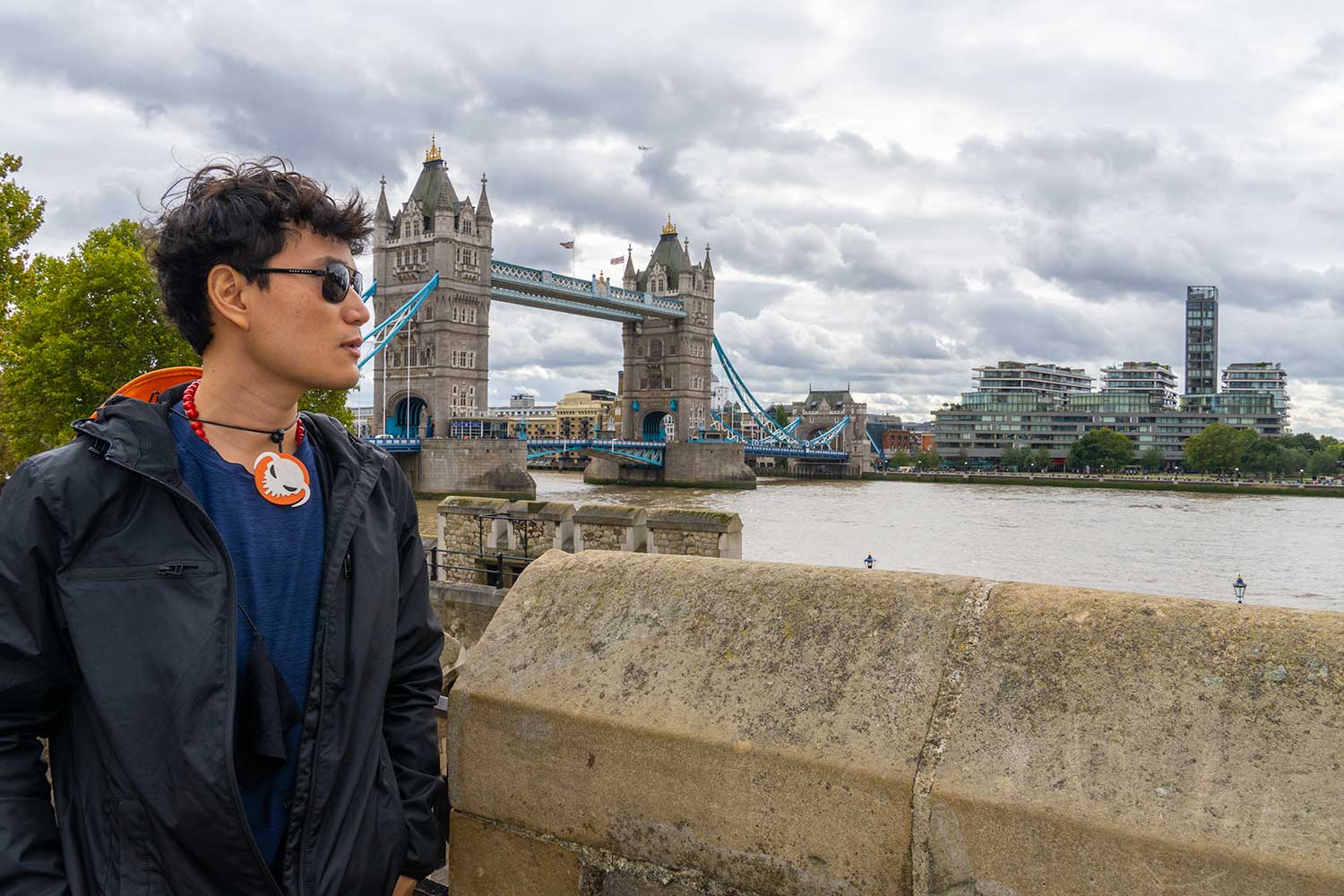 The Martin Tower offers some history lessons and exhibits on the Royal Beasts. Medieval kings often gave and received wild exotic animals as gifts. For over 600 years, the tower housed a collection of exotic animals (polar bears, lions, elephants, and snakes, among others).
The Martin Tower offers some history lessons and exhibits on the Royal Beasts. Medieval kings often gave and received wild exotic animals as gifts. For over 600 years, the tower housed a collection of exotic animals (polar bears, lions, elephants, and snakes, among others).
This Royal Menagerie was closed in 1832, and many of the animals were sent to the London Zoo. Afterward, the Lion Tower was broken down and replaced by the ticket office.
The two most magnificent animals were the polar bear and lion. King Henry III would tie a rope to his polar bear and let it go fishing in the River Thames. Yes, the dude just let his pet polar bear chill in the river.
Apparently, the lions liked reading books and keeping up with current events. But I have no idea why the lion replica is so derpy. He looks very confused by the halo above his head.
The White Tower
The White Tower, in the form of an old keep, is rich in history, massive in design, and occupied by some of the best exhibits. As the main and strongest point of the castle, it was the primary accommodation for the king. In the past, the White Tower was actually white.
The White Tower has four levels.
Ground Floor: This floor focuses on the Line of Kings and their various armors.
My favorite is Henry VIII’s armor.
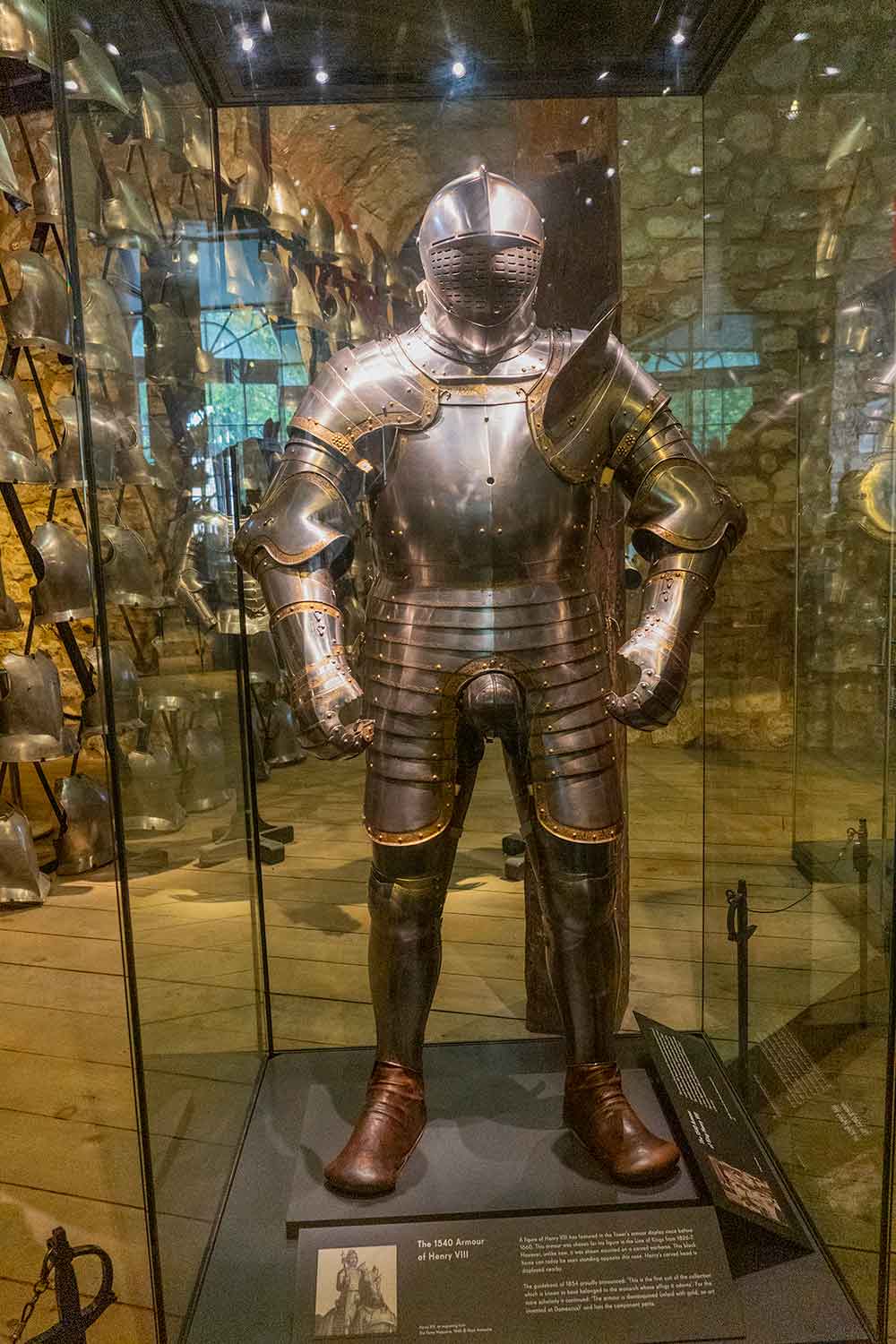 If you look at the lower part of his armor, you will see that he was seriously compensating. He definitely had a small…sword. Forget slaying a dragon. The dude probably couldn’t slay a small lizard.
If you look at the lower part of his armor, you will see that he was seriously compensating. He definitely had a small…sword. Forget slaying a dragon. The dude probably couldn’t slay a small lizard.
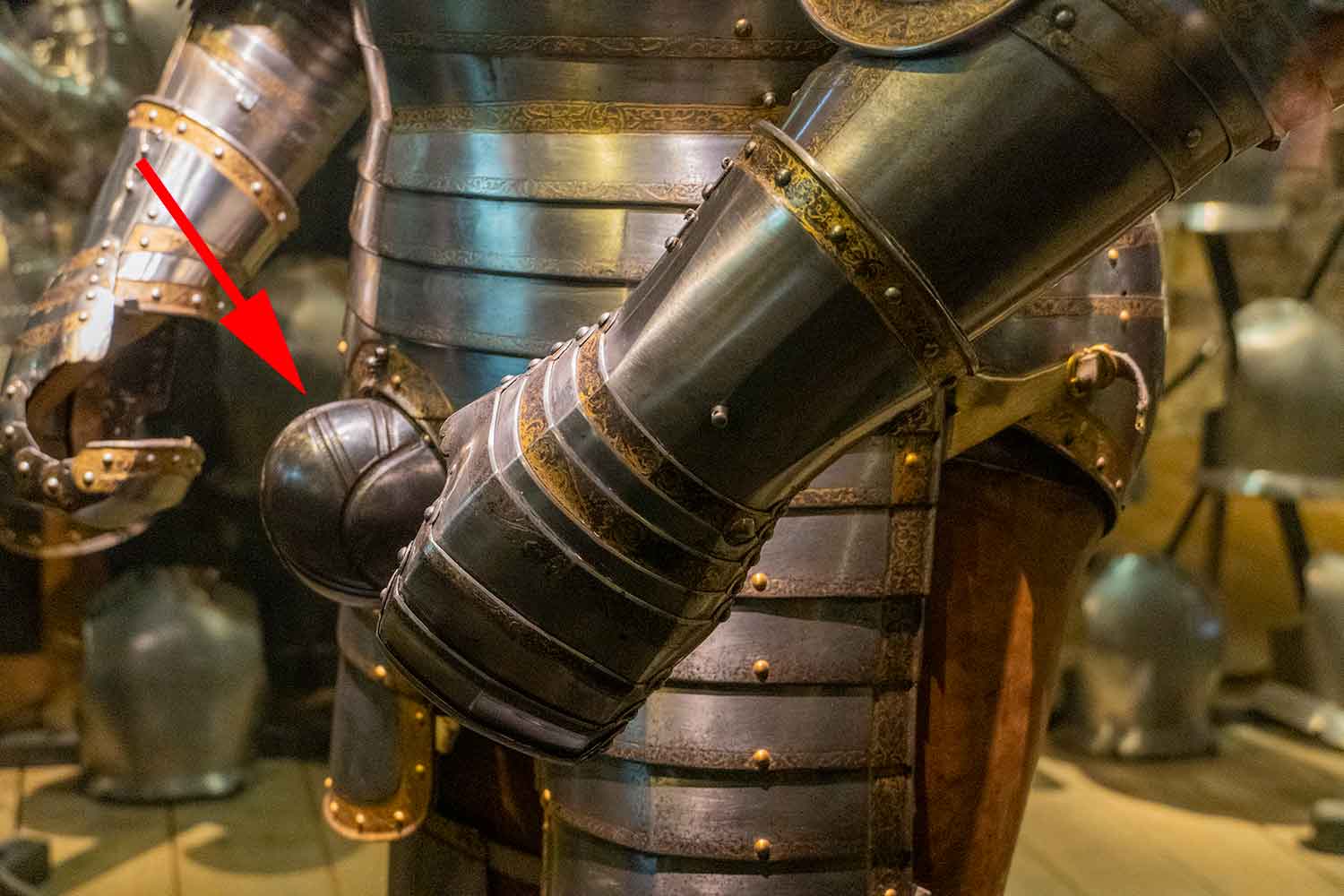 He’s not VIII. He’s more like a III (at most).
He’s not VIII. He’s more like a III (at most).
First Floor: This floor’s main exhibits revolve around the Treasures of the Royal Armouries—a collection of unusual objects, royal items, and trophies.
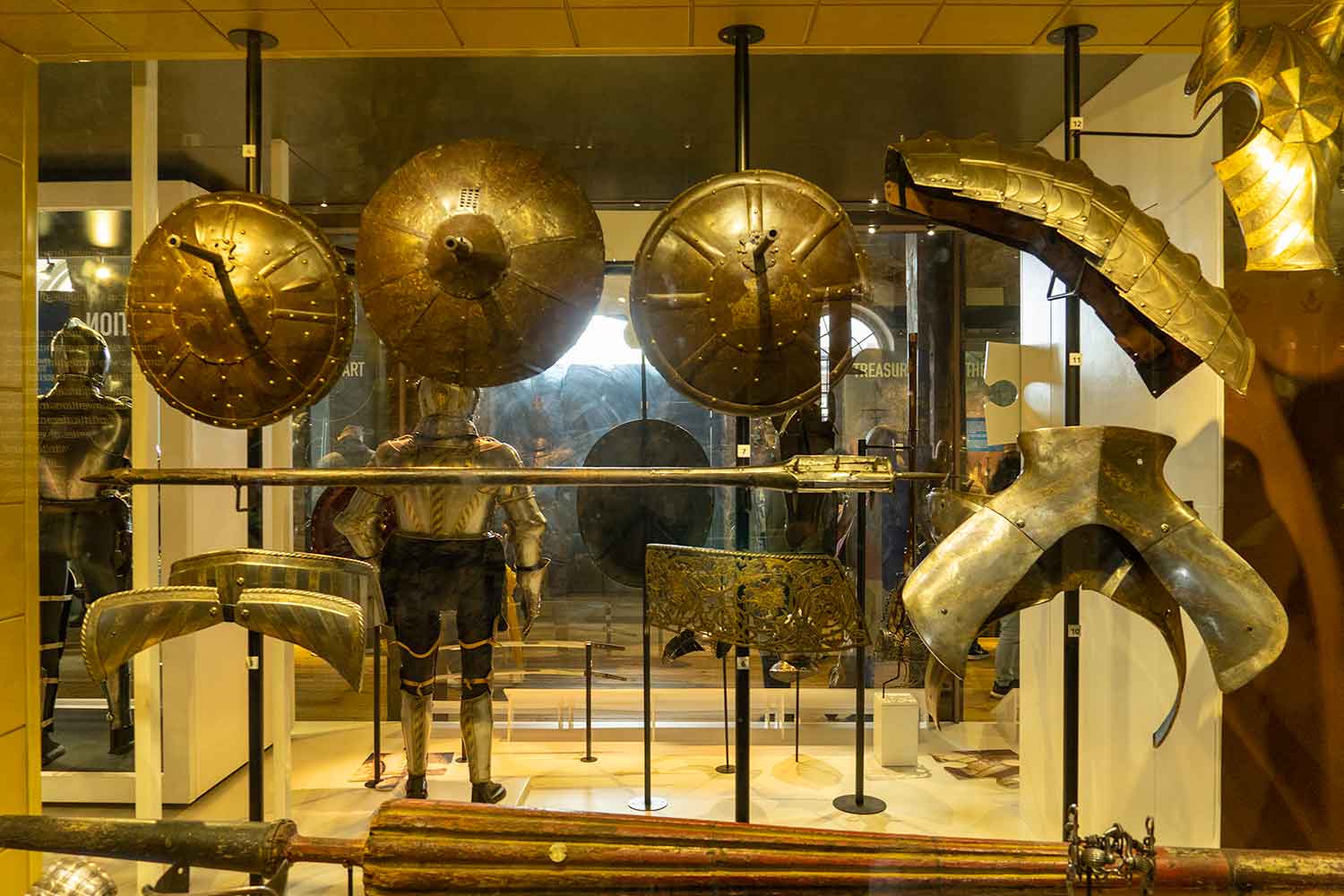 Second Floor: This floor’s main focus is the Power House. You will find interactive exhibits while learning about the ancient institutions that started at the Tower.
Second Floor: This floor’s main focus is the Power House. You will find interactive exhibits while learning about the ancient institutions that started at the Tower.
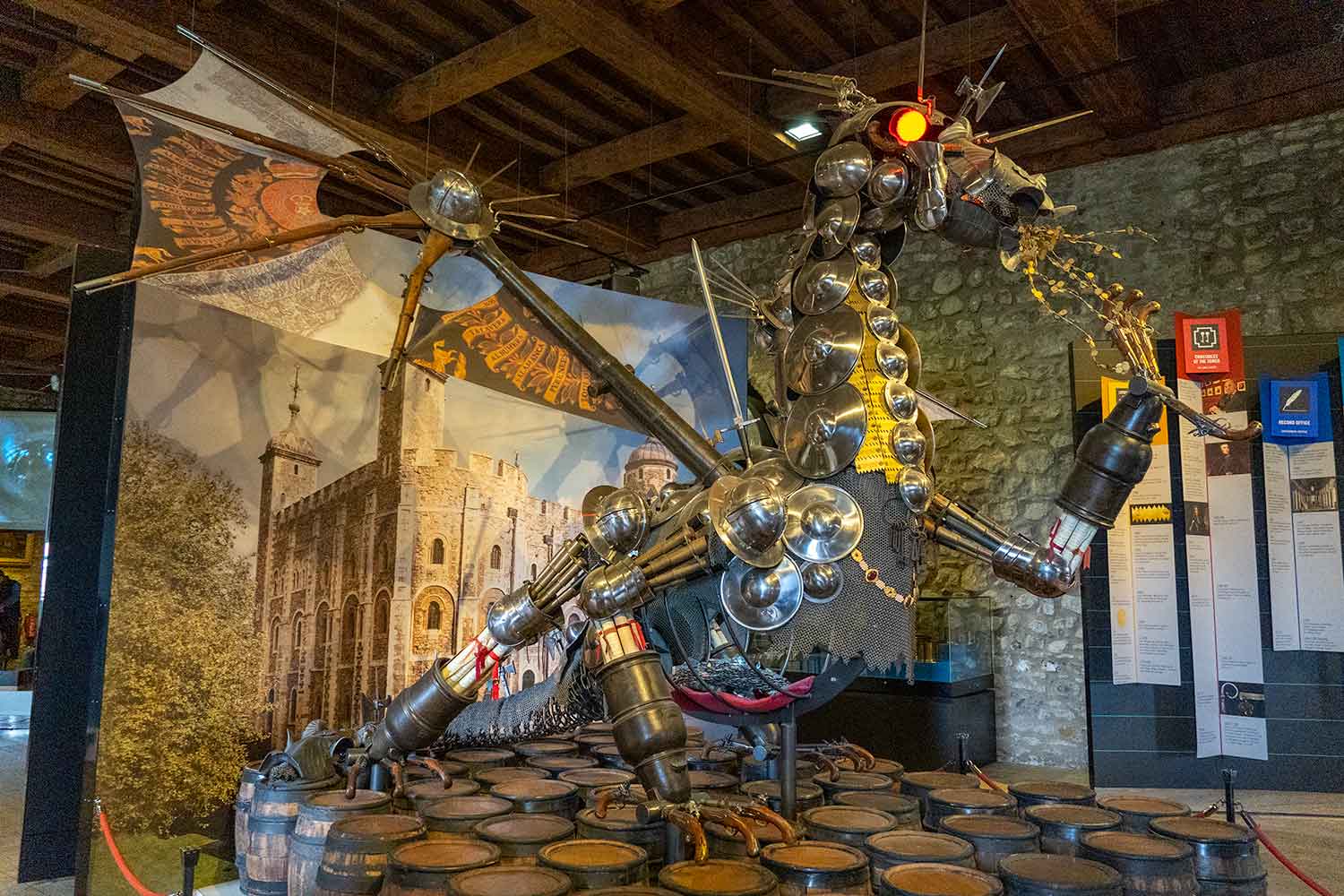 Basement: This floor is the store house where many weapons are kept, ready for use in times of national crisis. The weapons, however, are outdated and purely decorative.
Basement: This floor is the store house where many weapons are kept, ready for use in times of national crisis. The weapons, however, are outdated and purely decorative.
Although the White Tower draws more people than the Crown Jewels, there is plenty of space to accommodate large crowds, so the lines are shorter. You can easily visit it at any time during your visit.
As one of the most interesting and unique landmarks in the city, the Tower of London is a historic, fun, and riveting attraction. There is simply so much to see and do here. Of course, the photos provided here are but a small sample of all the wonderful things within. I highly recommend that you visit this place and enjoy it for yourself.

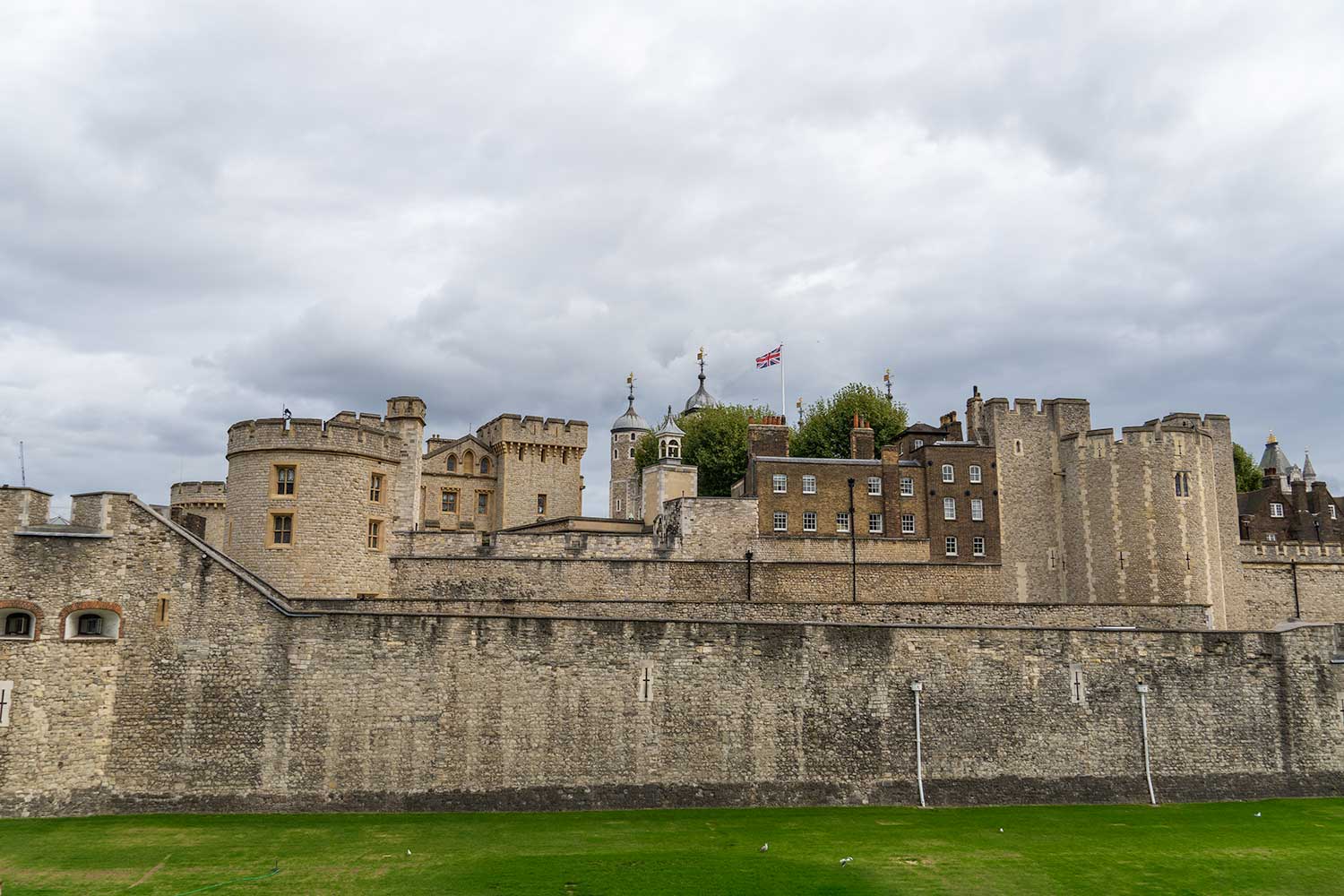
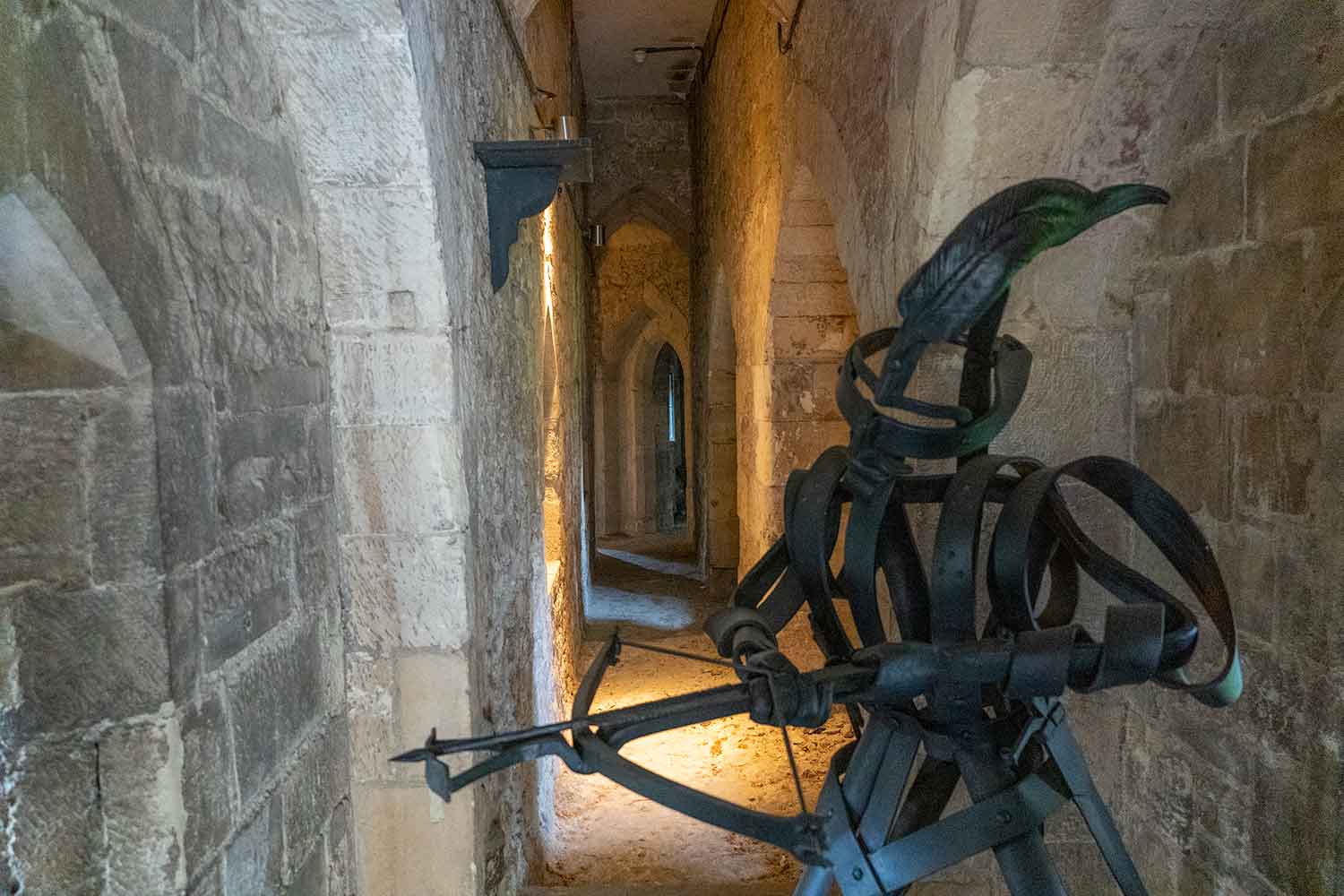
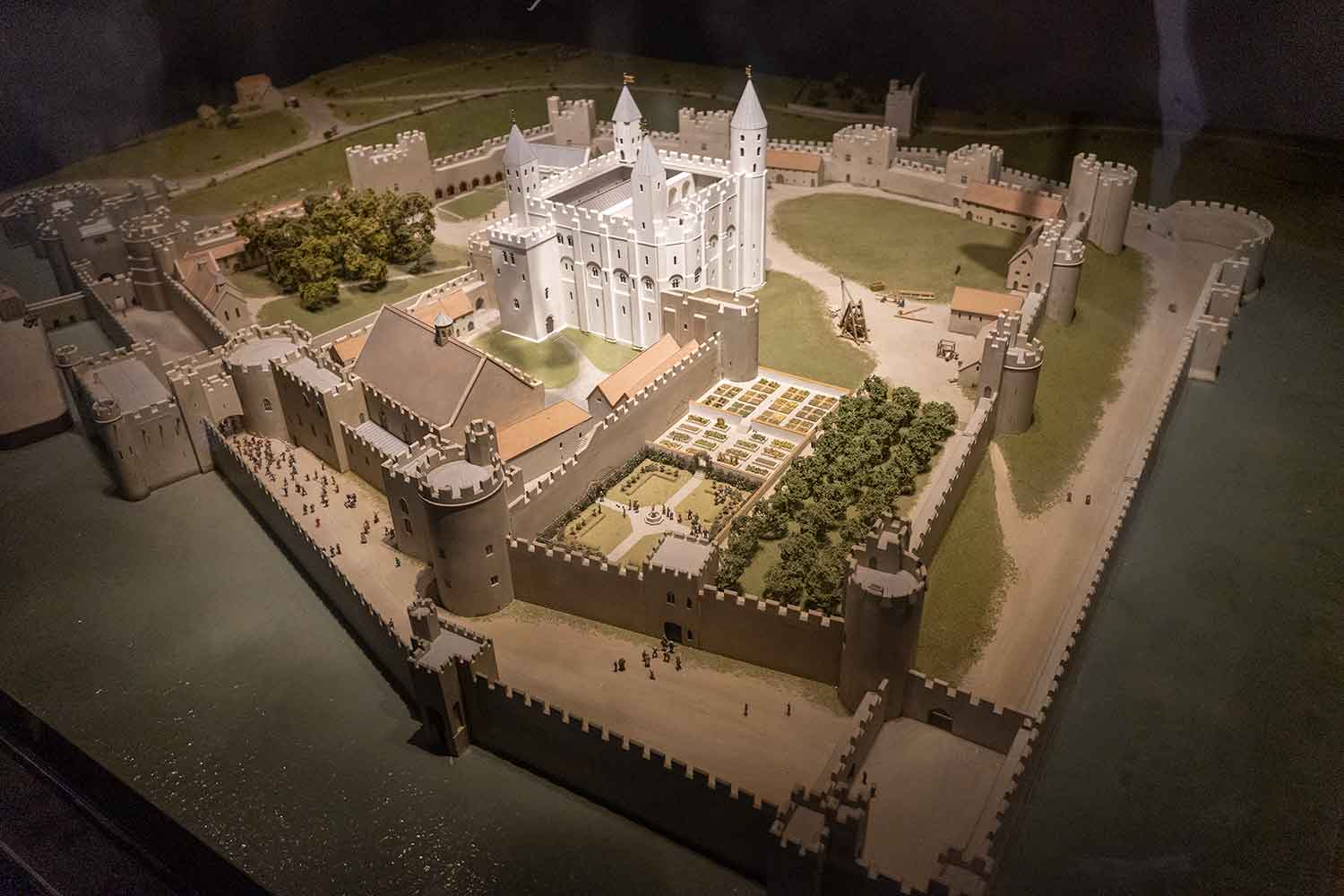
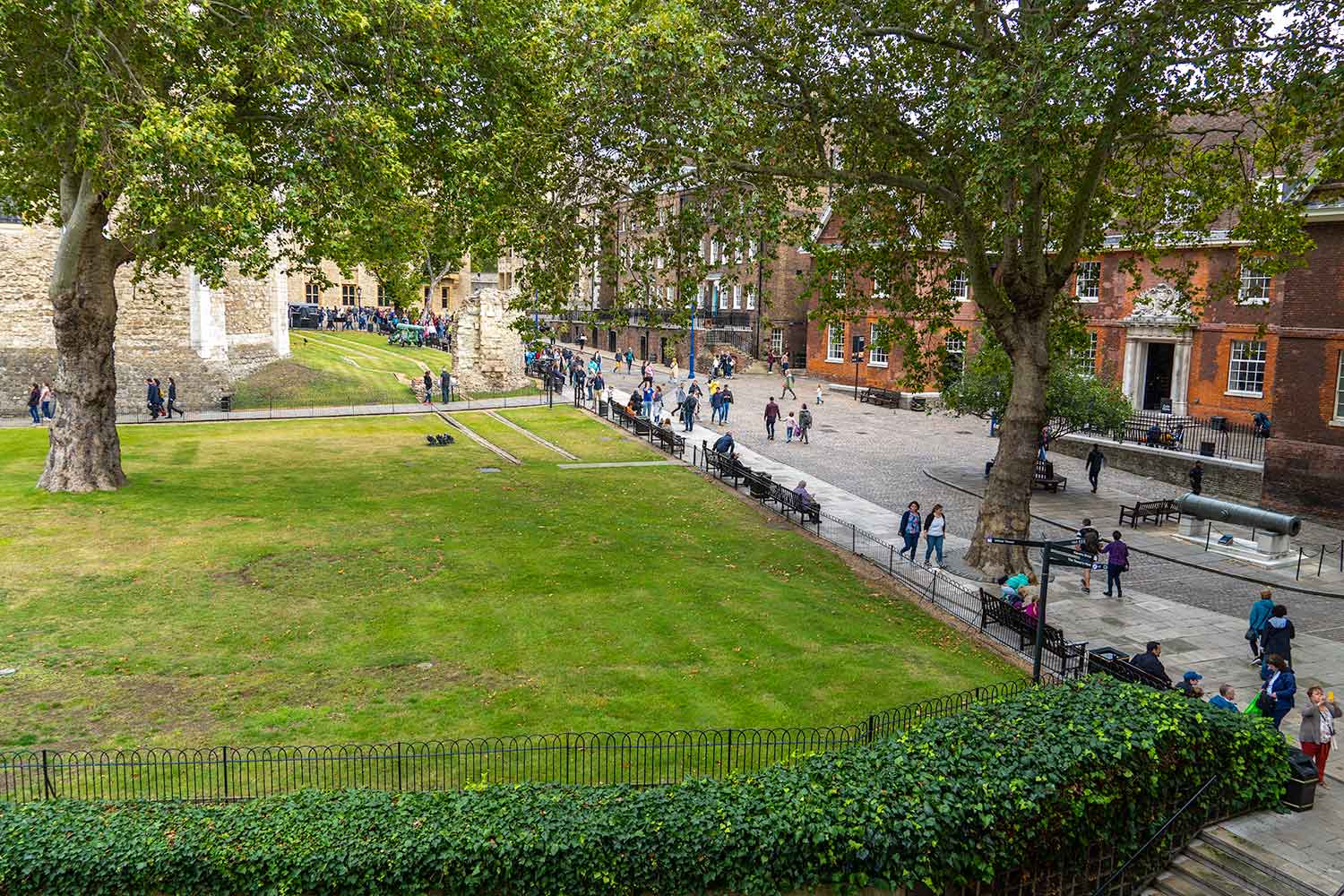
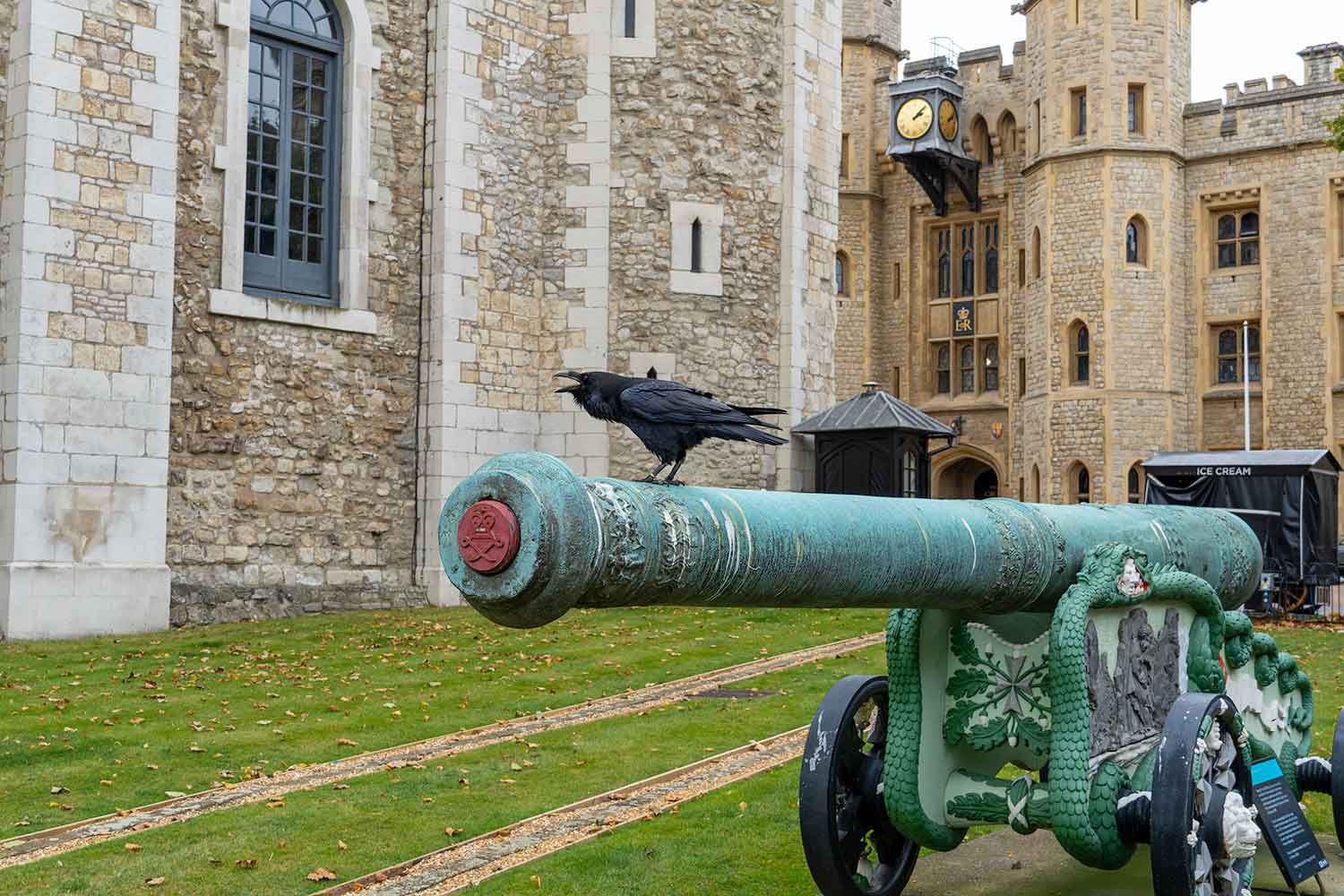
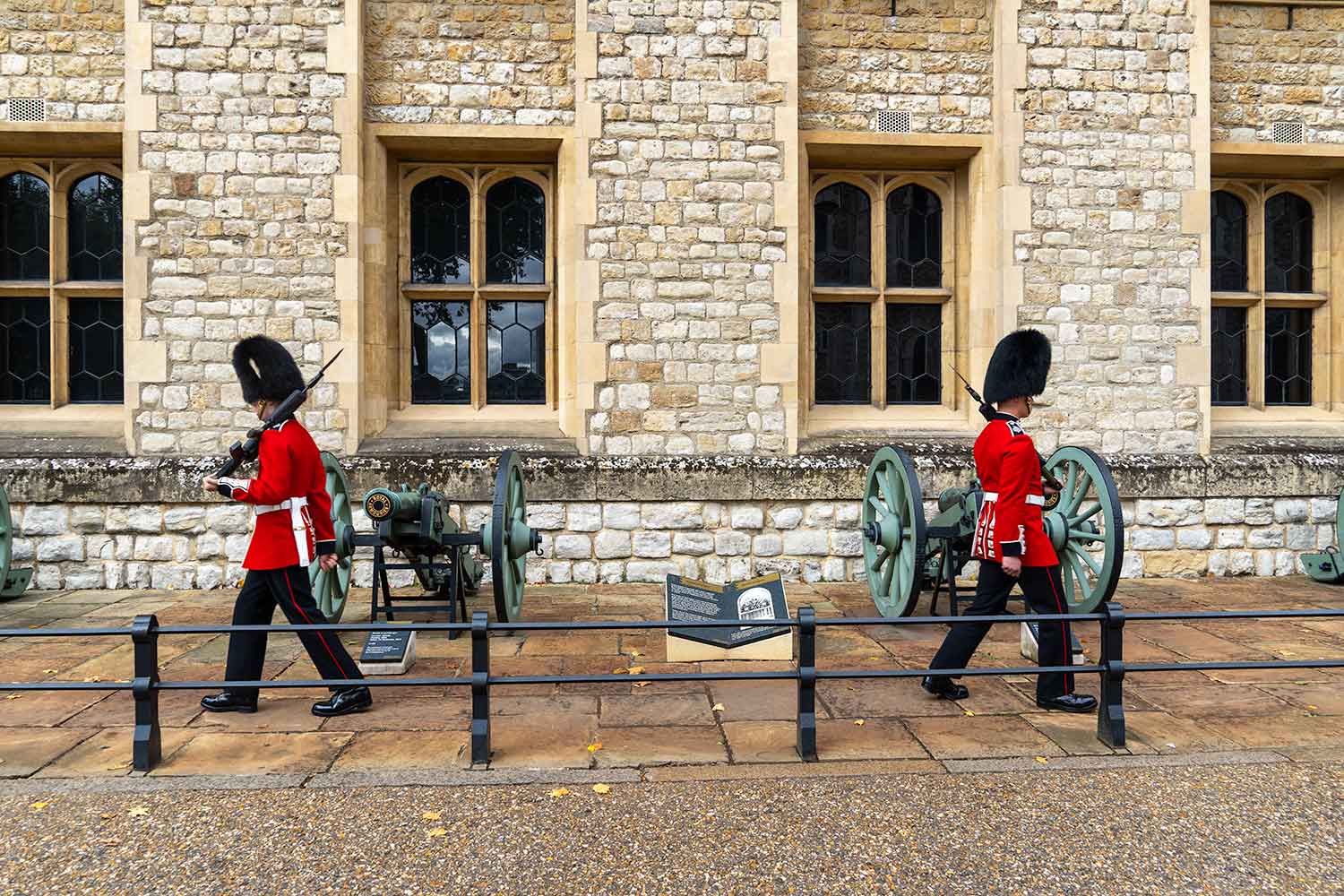
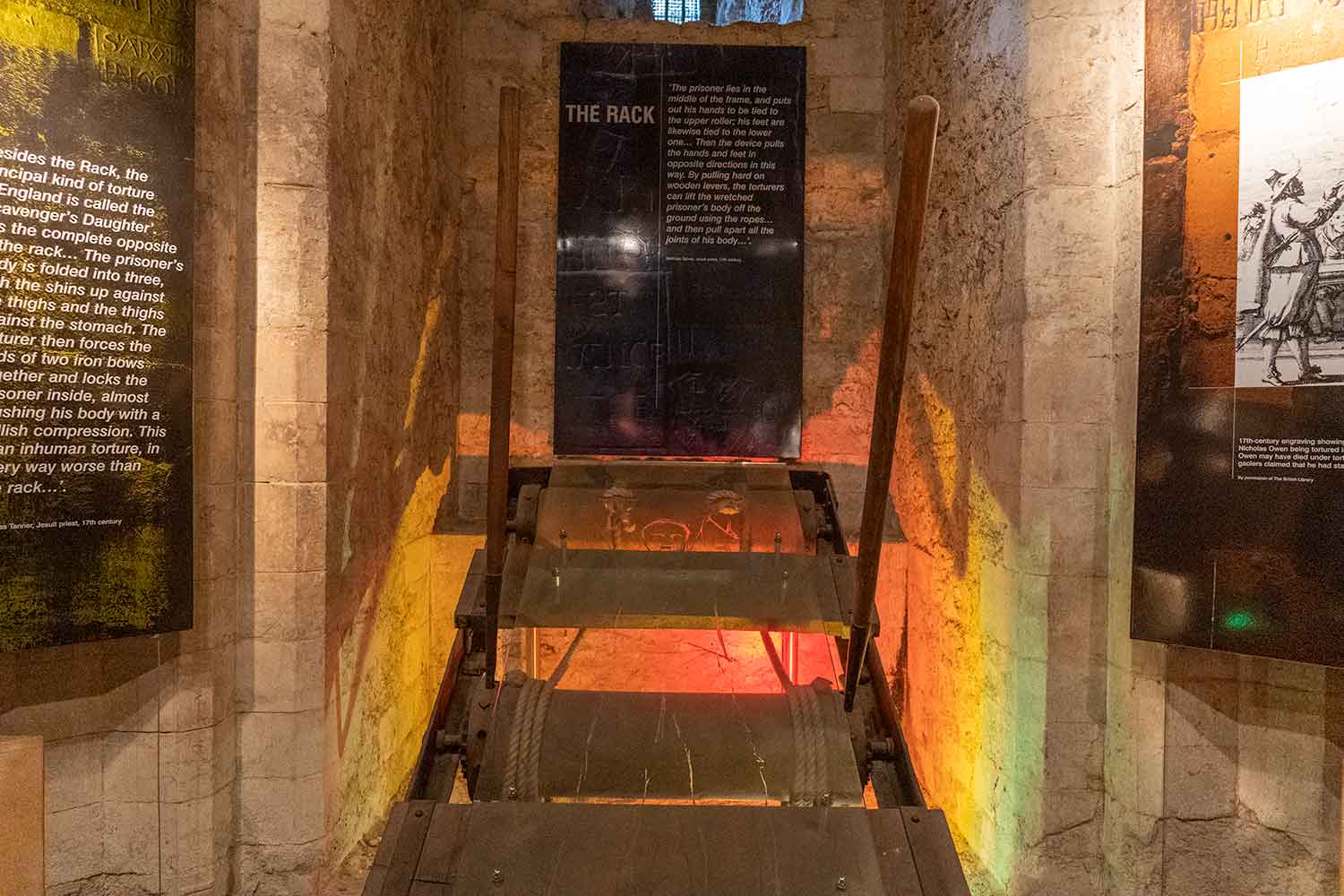
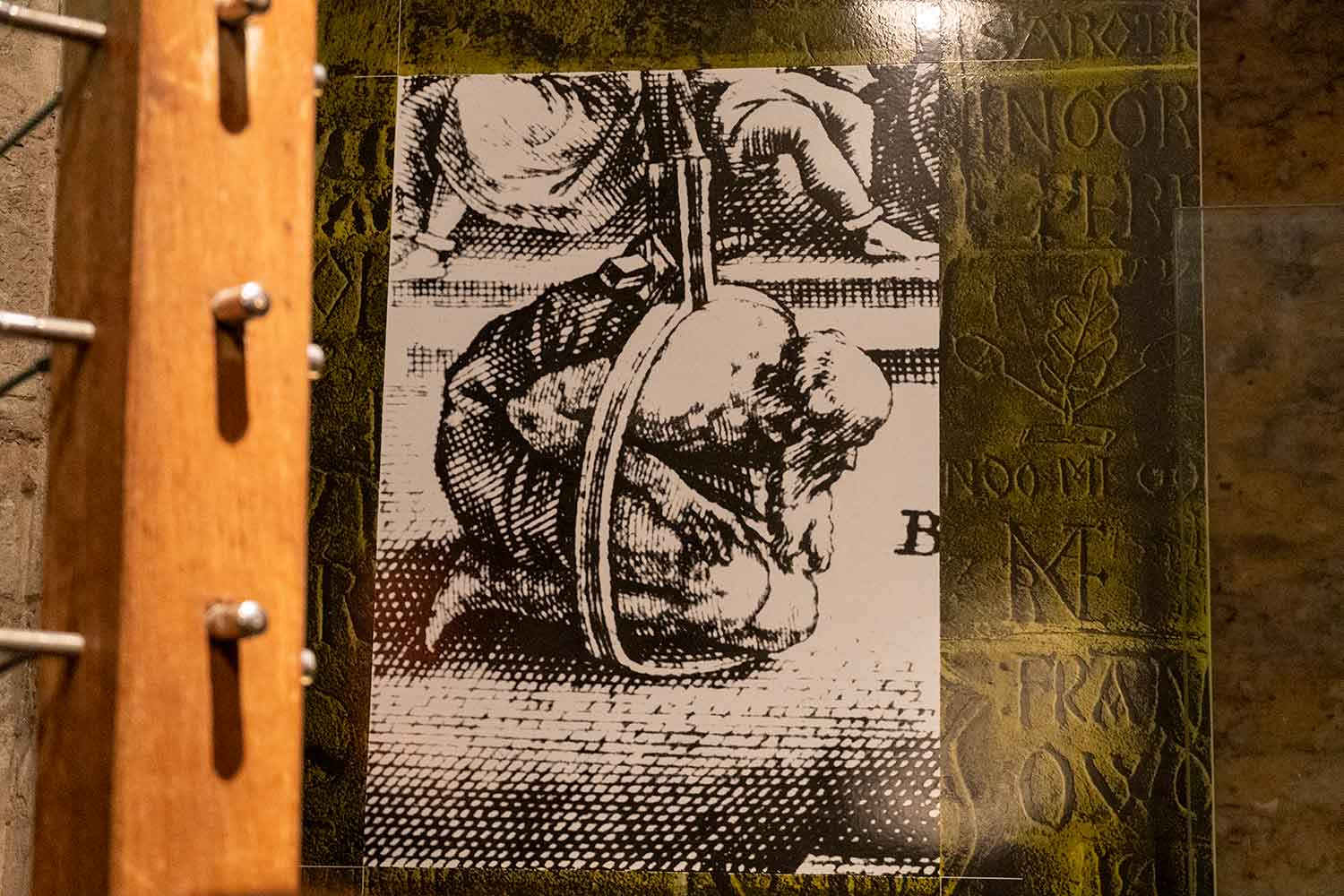
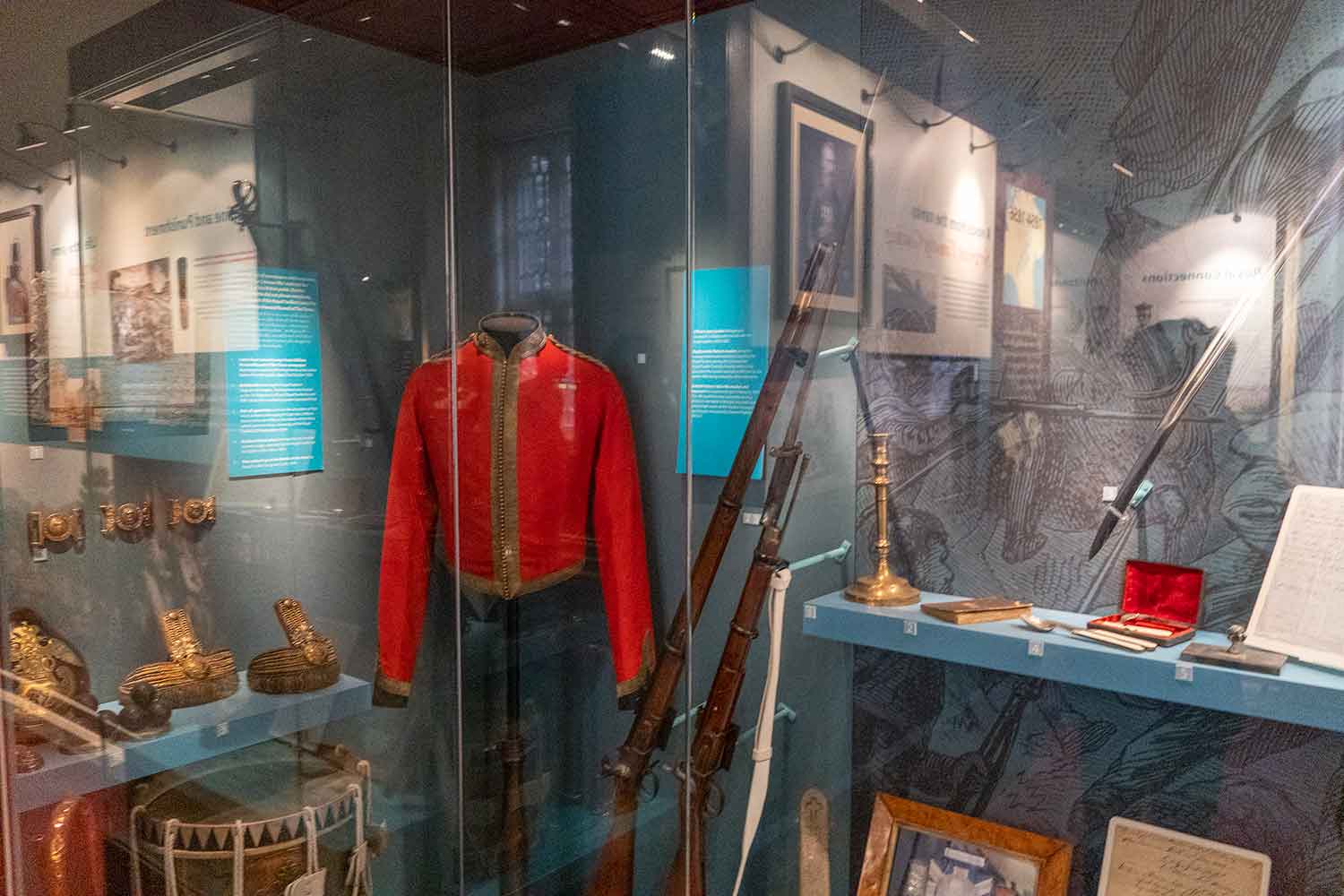
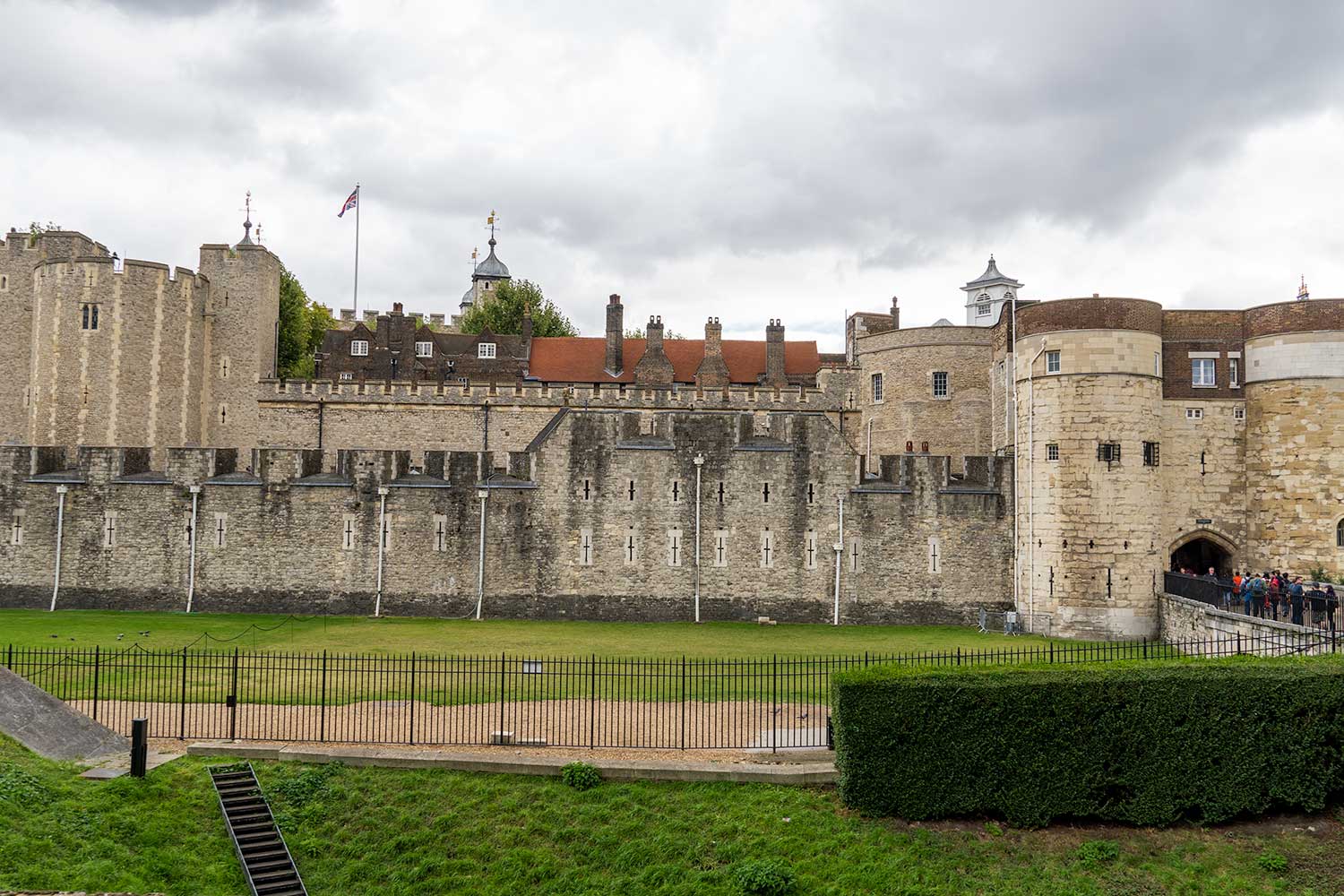
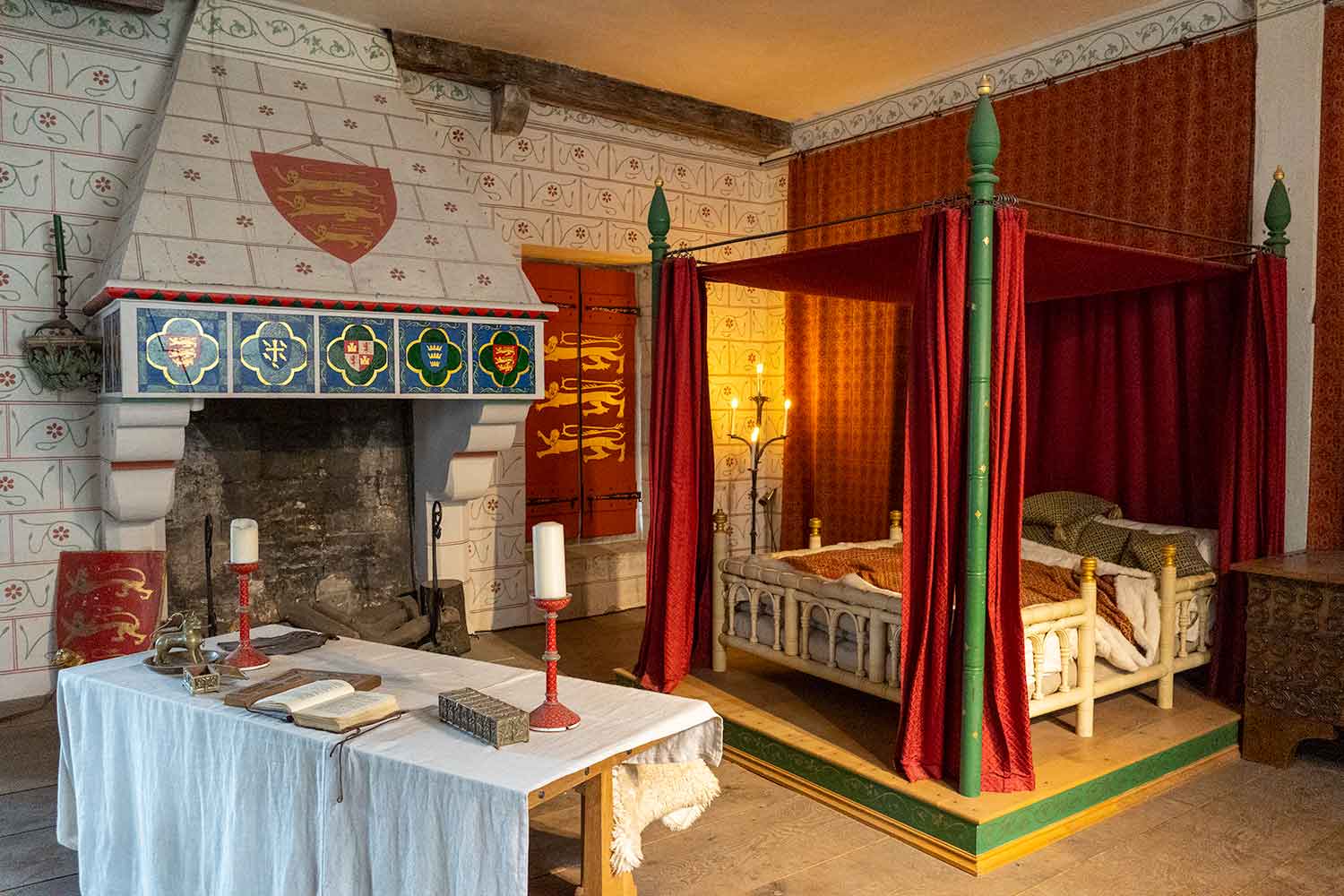
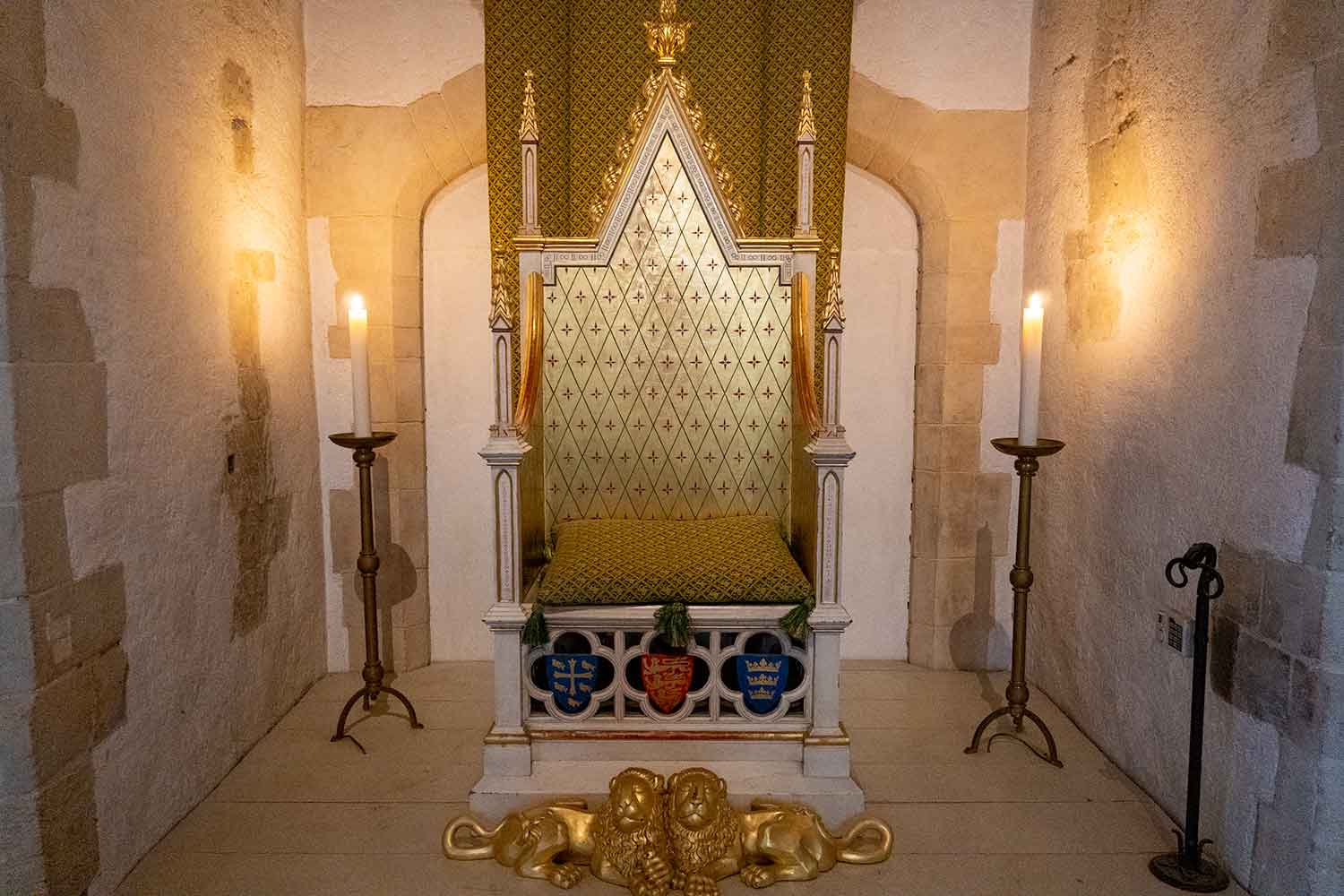
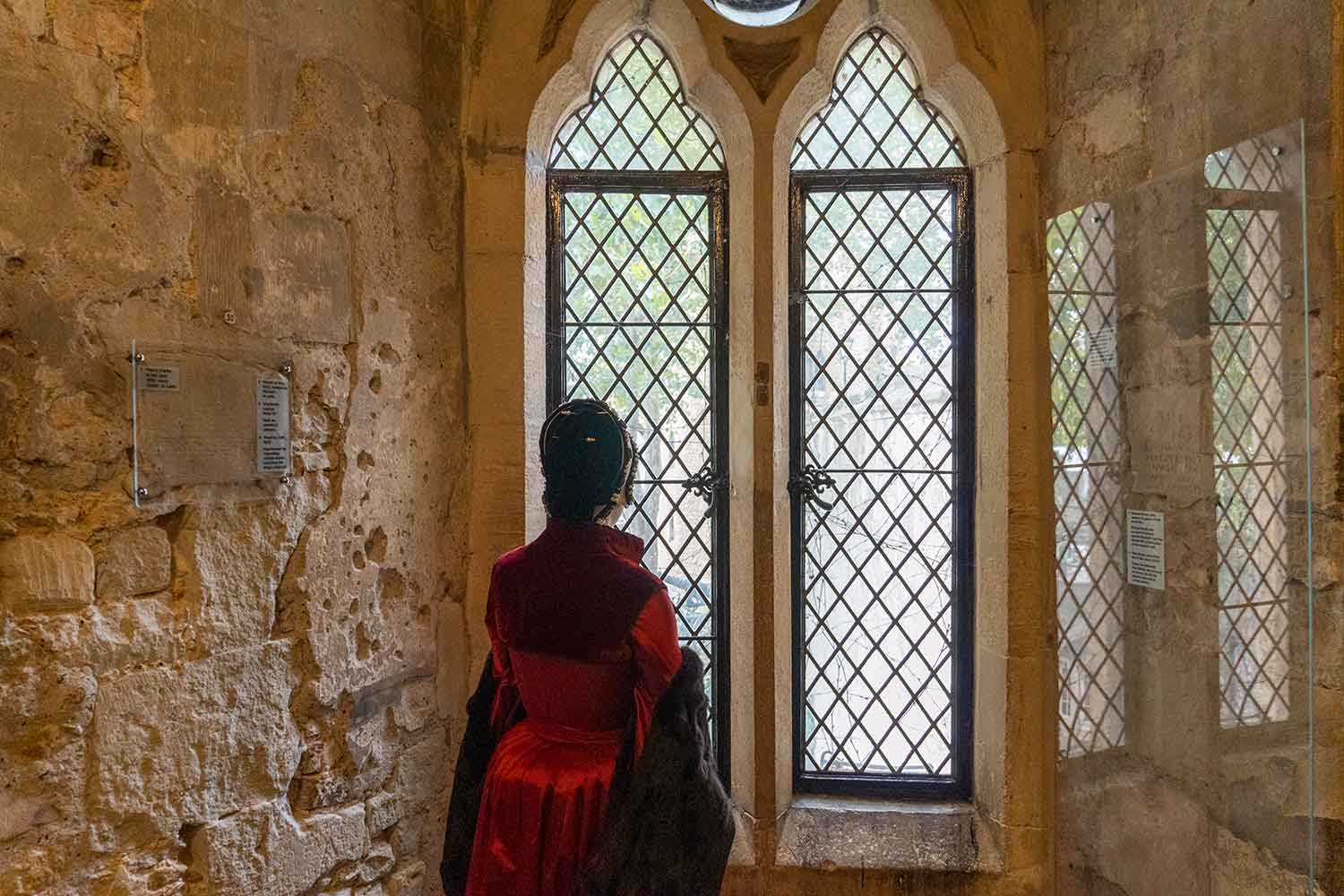
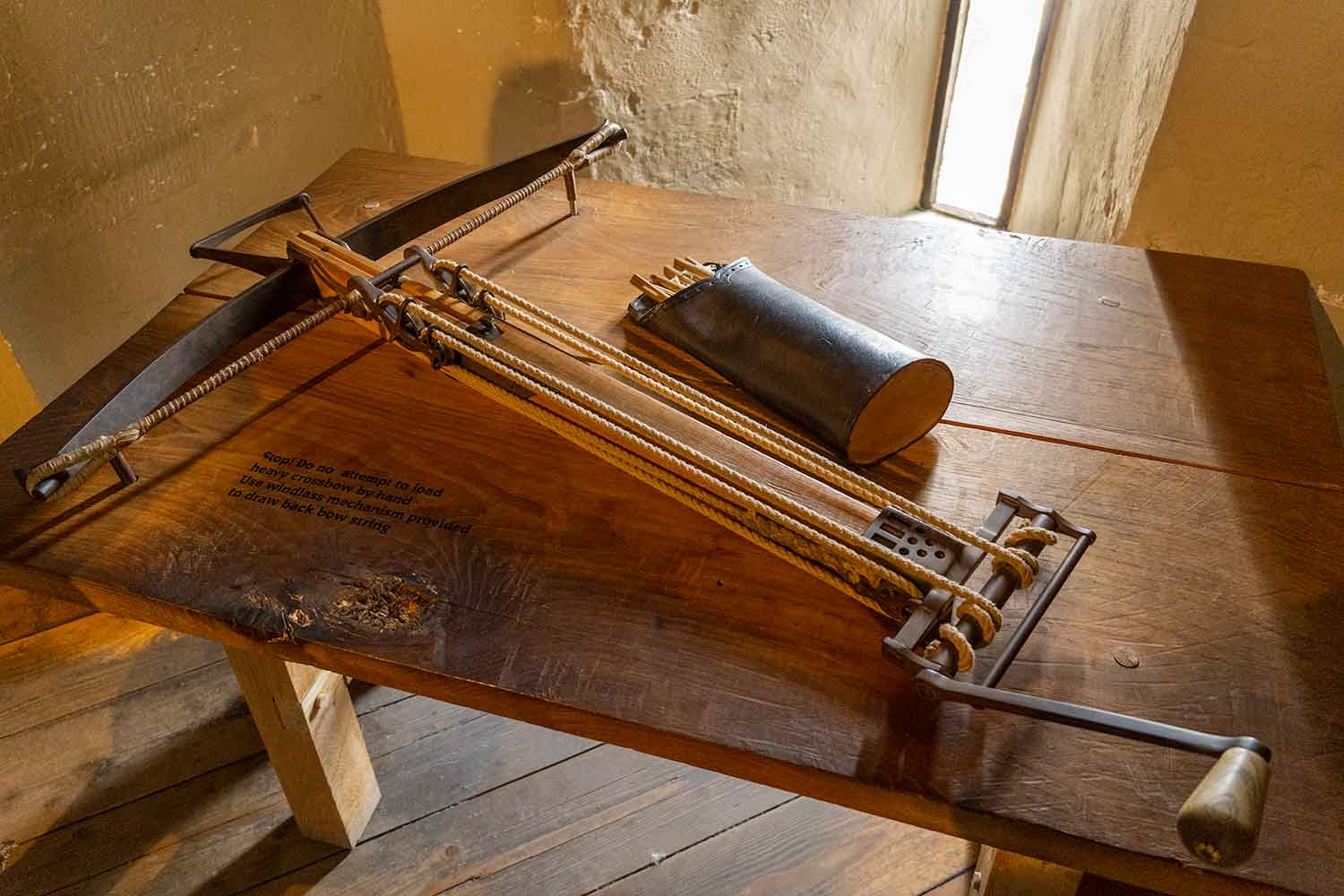
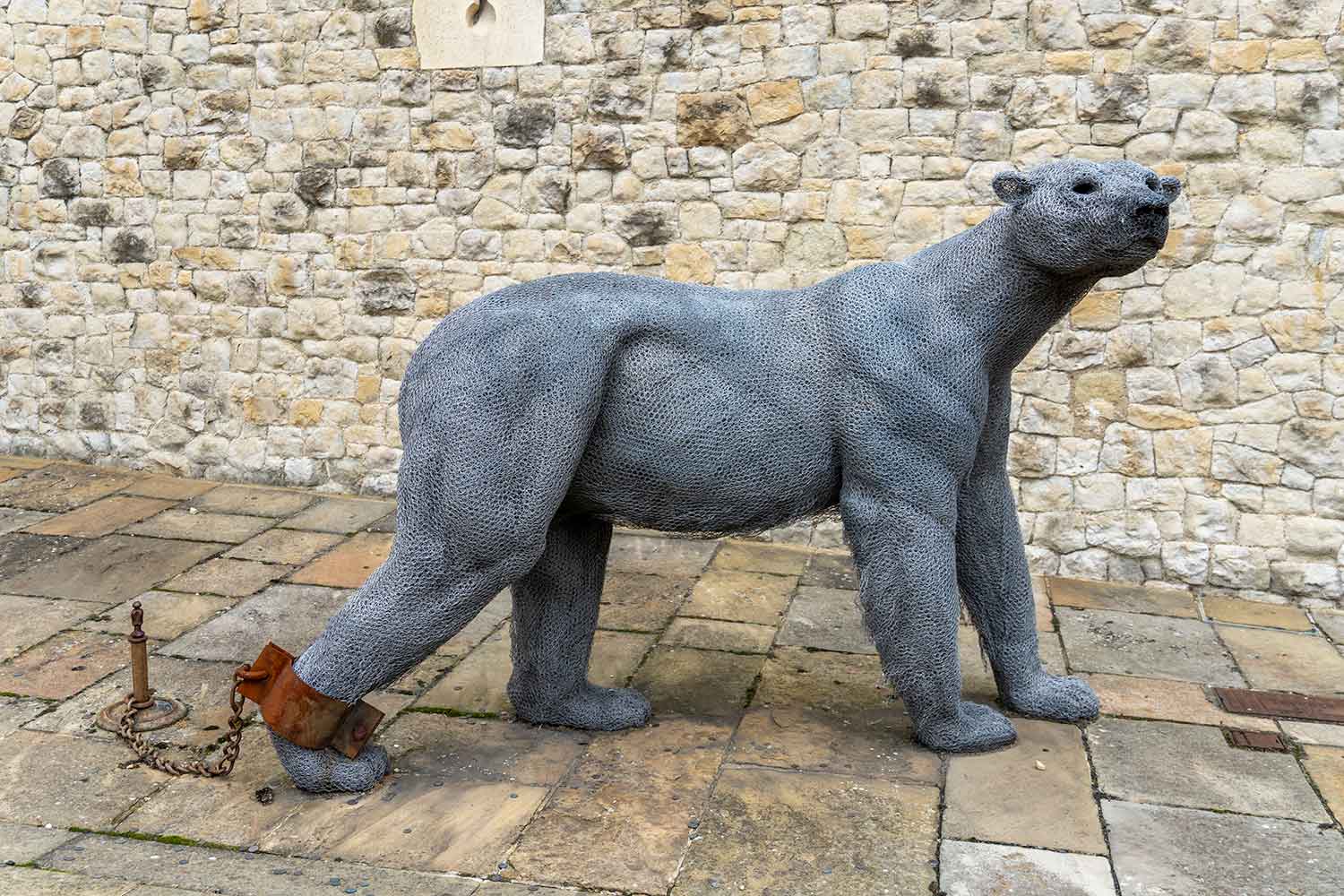
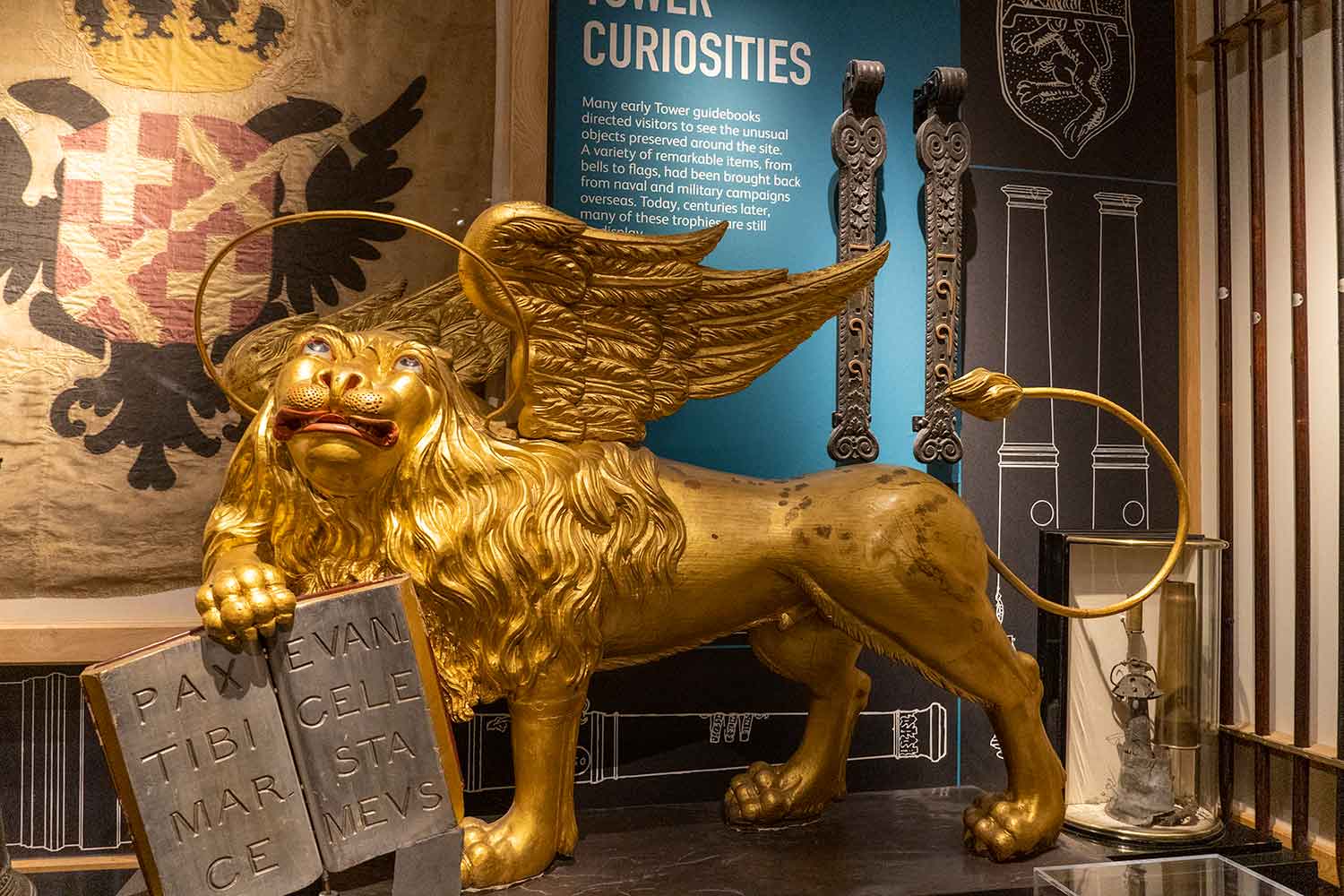
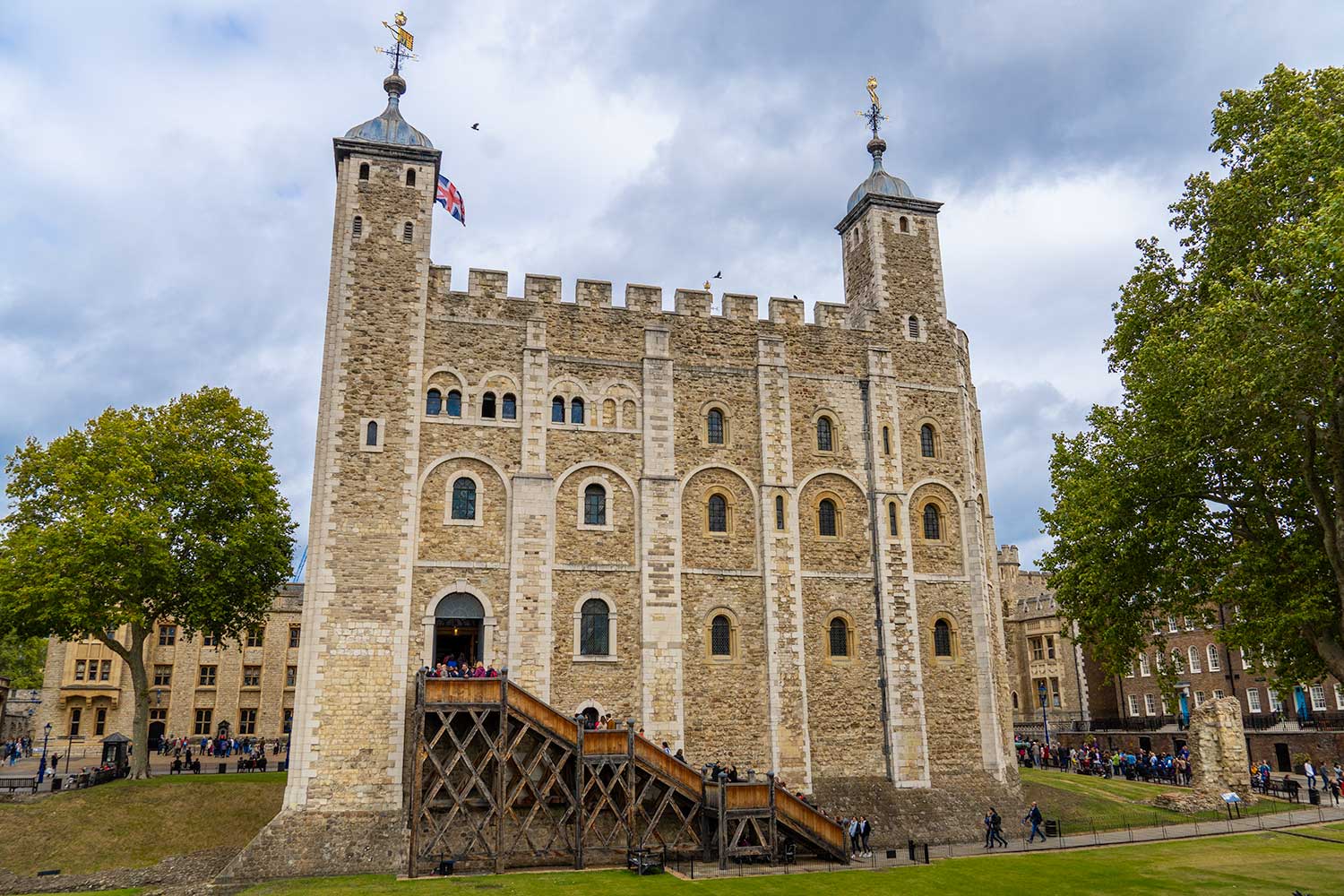
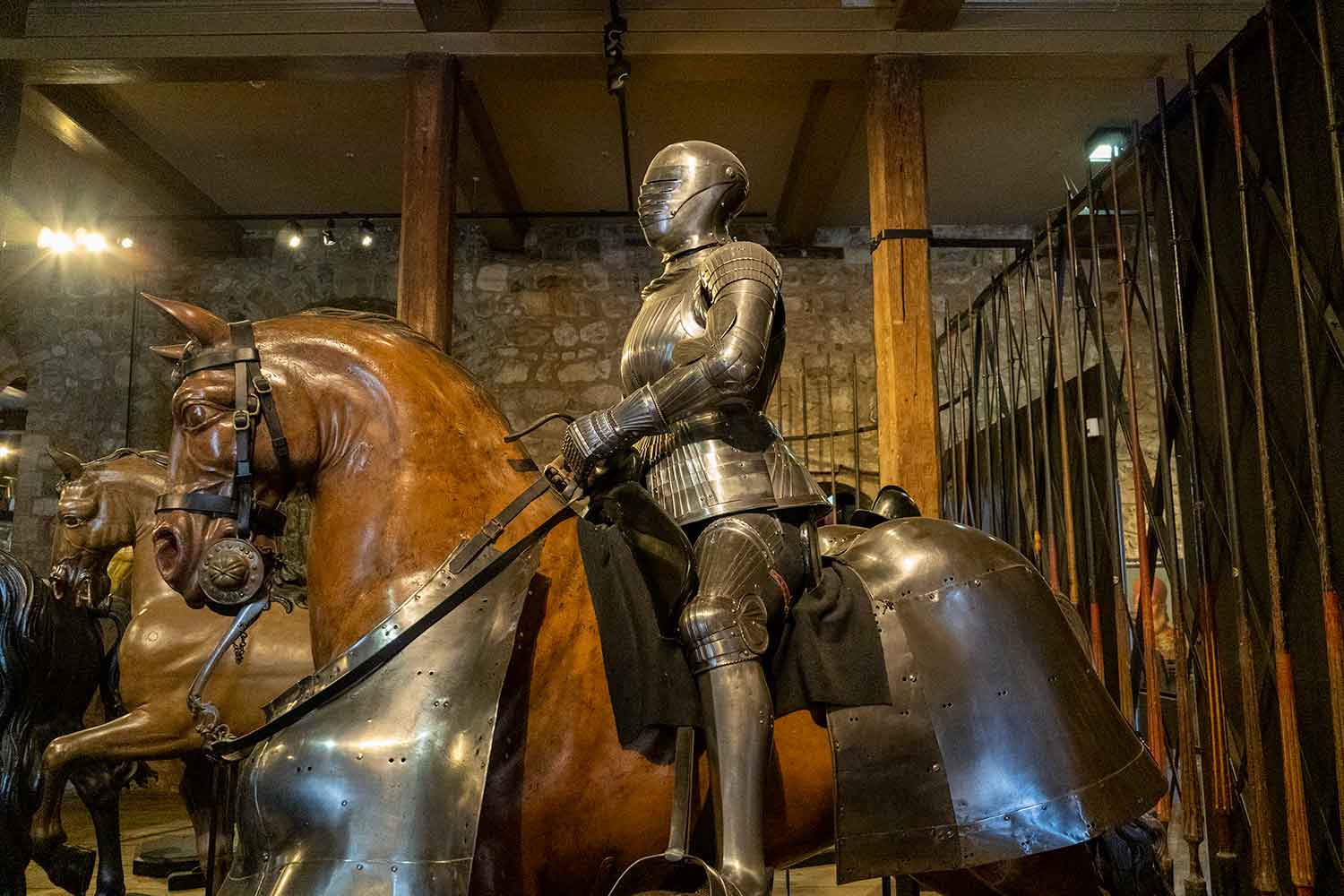
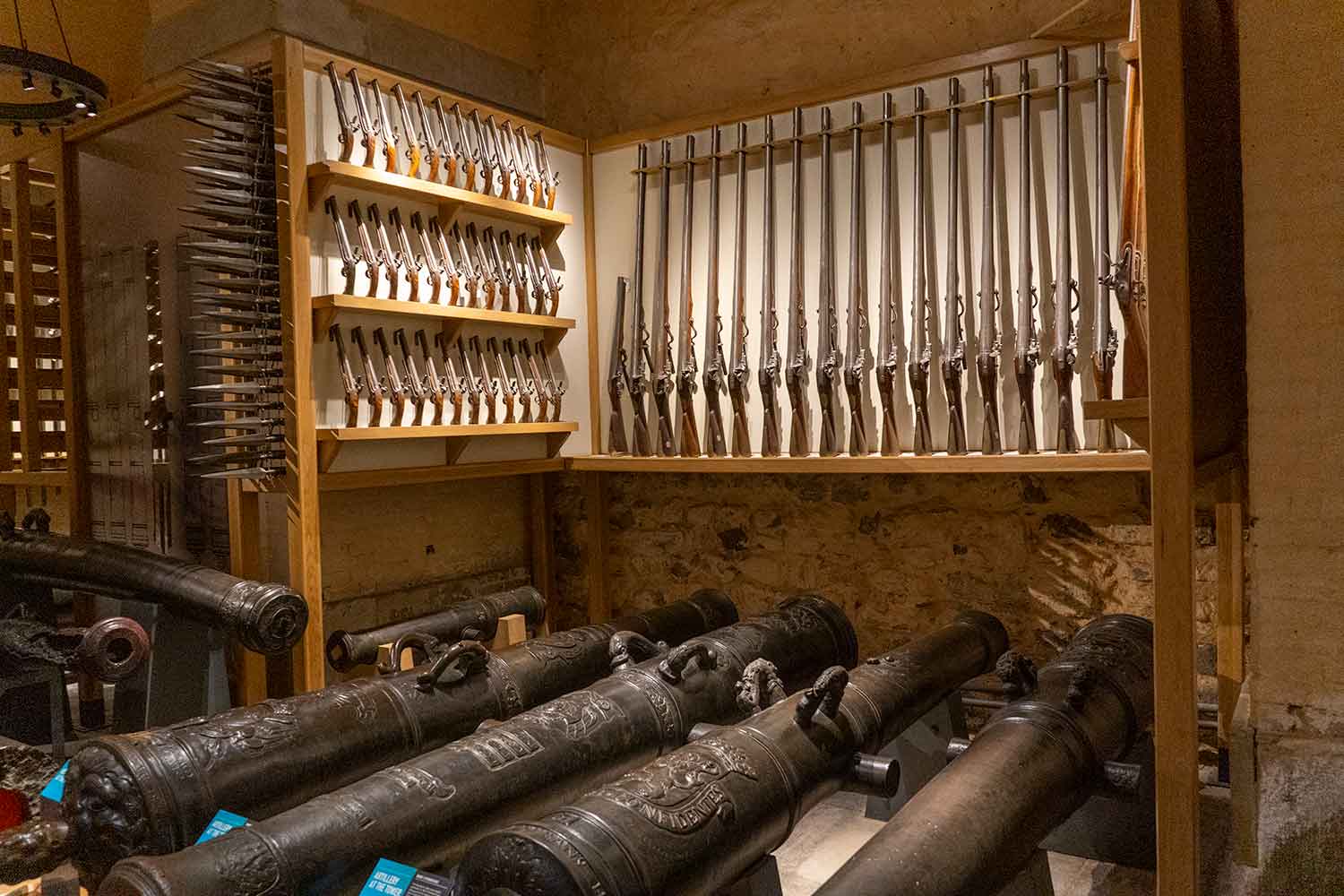
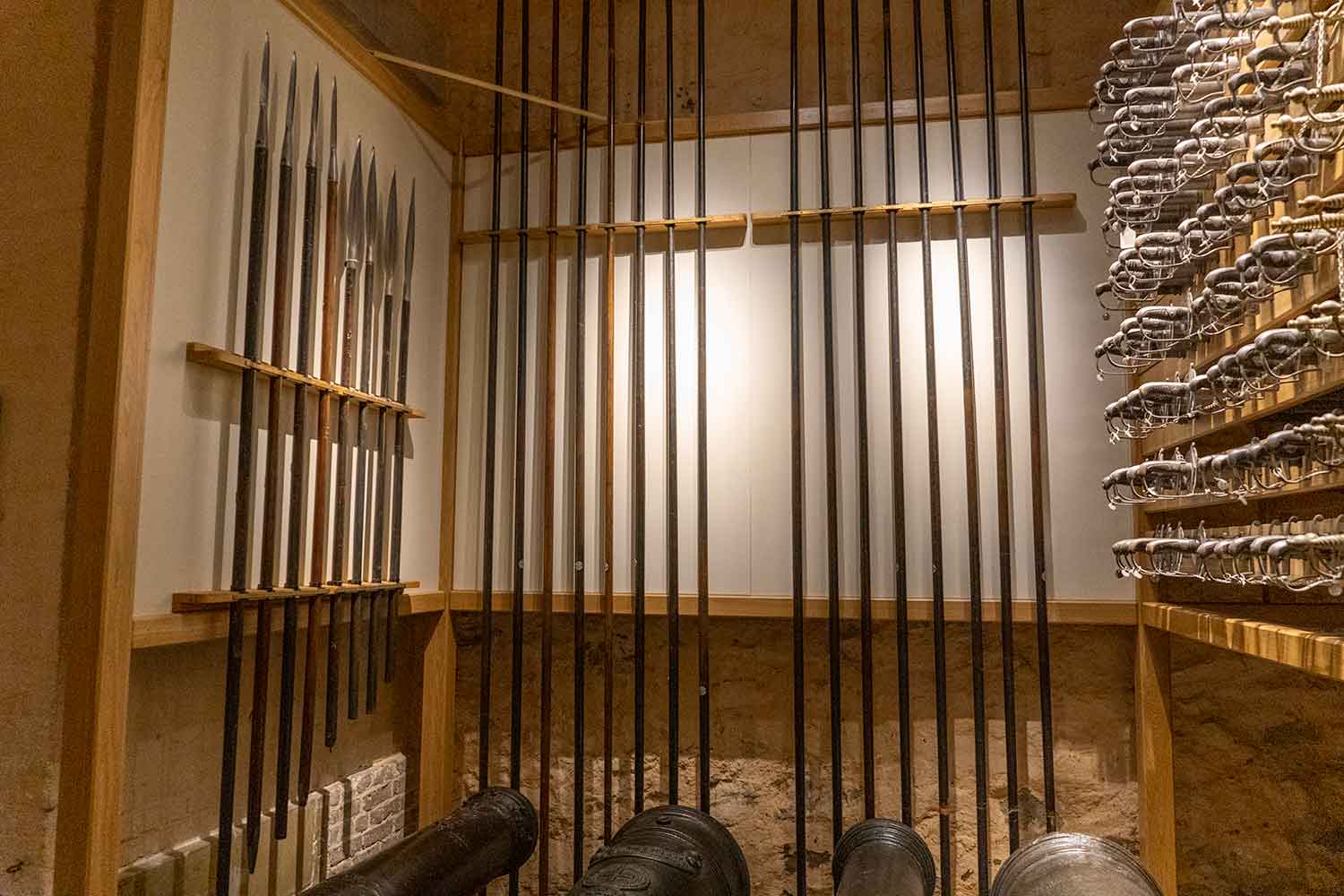
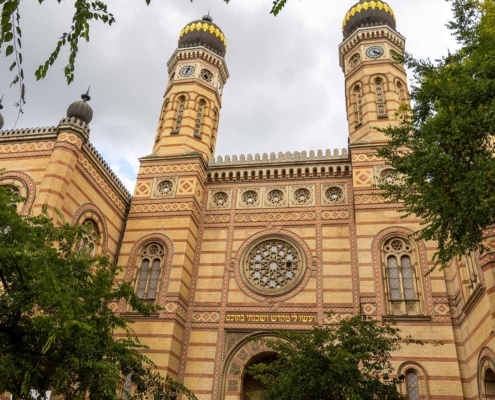 © Copyright - Ace Adventurer
© Copyright - Ace Adventurer © Copyright - Ace Adventurer
© Copyright - Ace Adventurer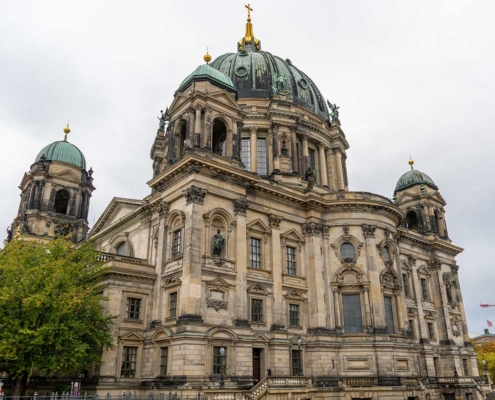 © Copyright - Ace Adventurer
© Copyright - Ace Adventurer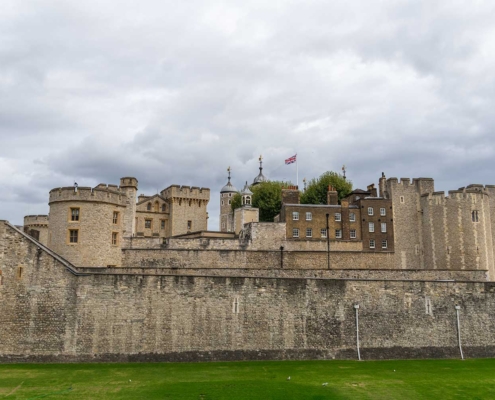 © Copyright - Ace Adventurer
© Copyright - Ace Adventurer © Copyright - Ace Adventurer
© Copyright - Ace Adventurer © Copyright - Ace Adventurer
© Copyright - Ace Adventurer
Leave a Comment
Want to join the discussion?Feel free to contribute!